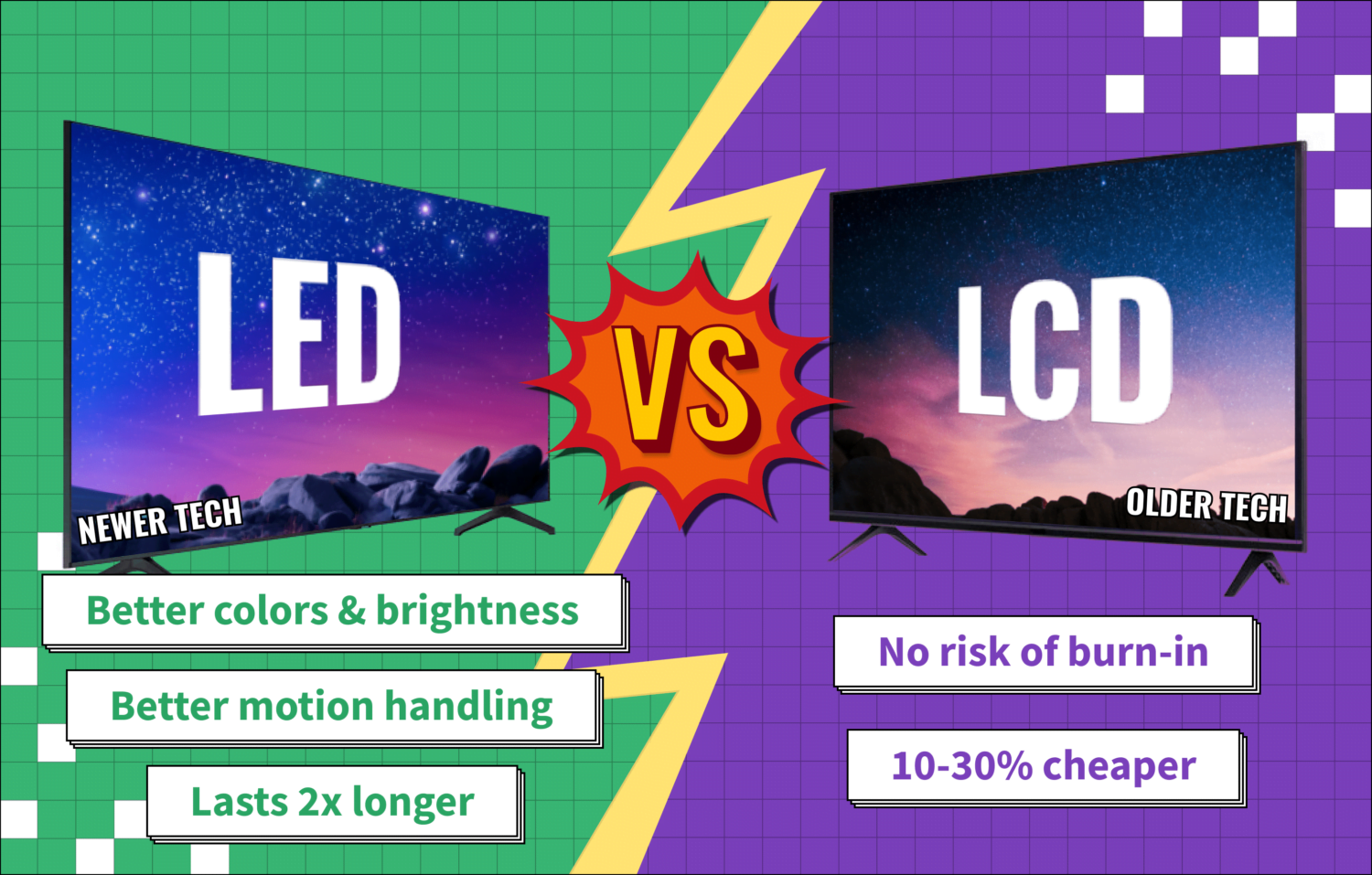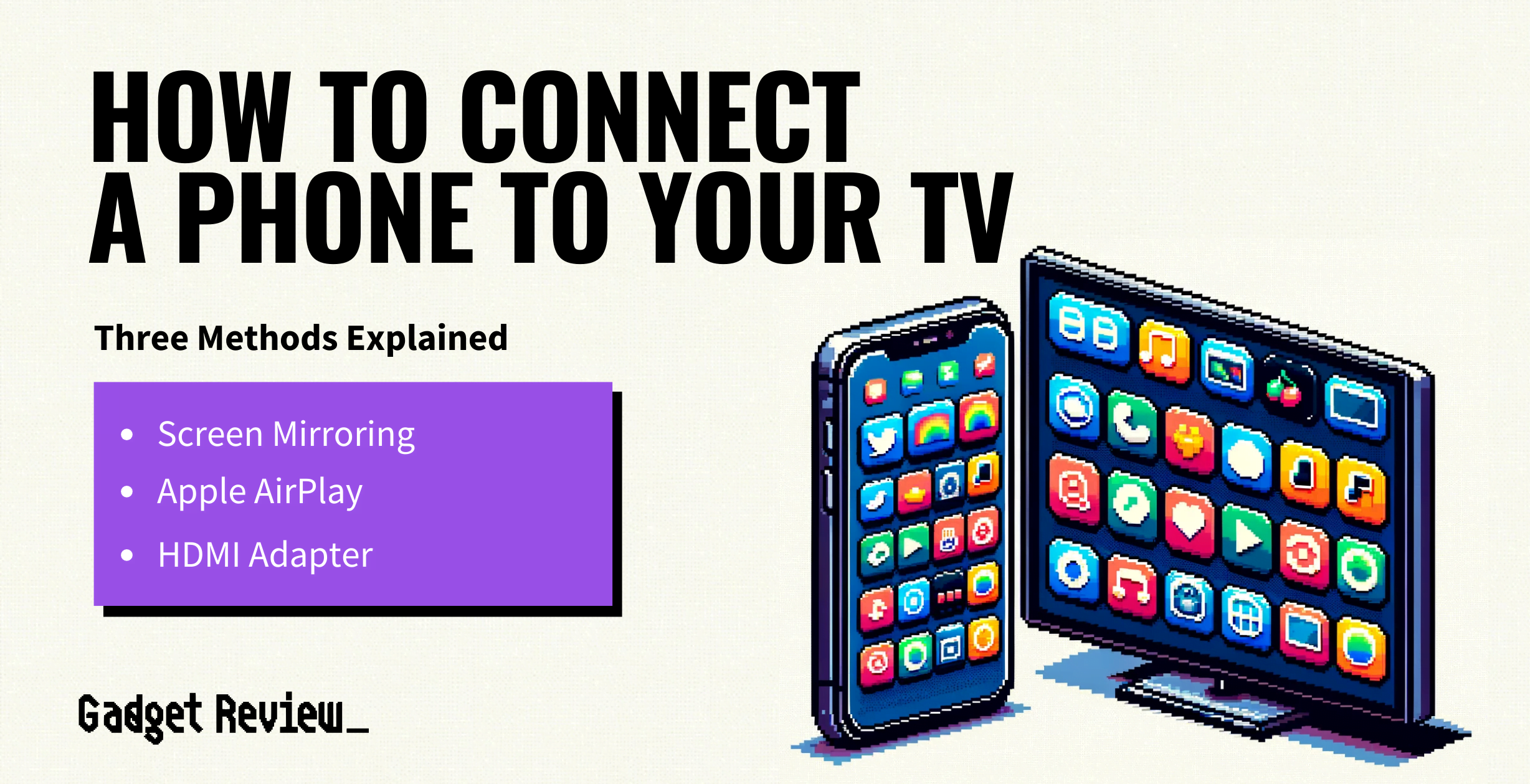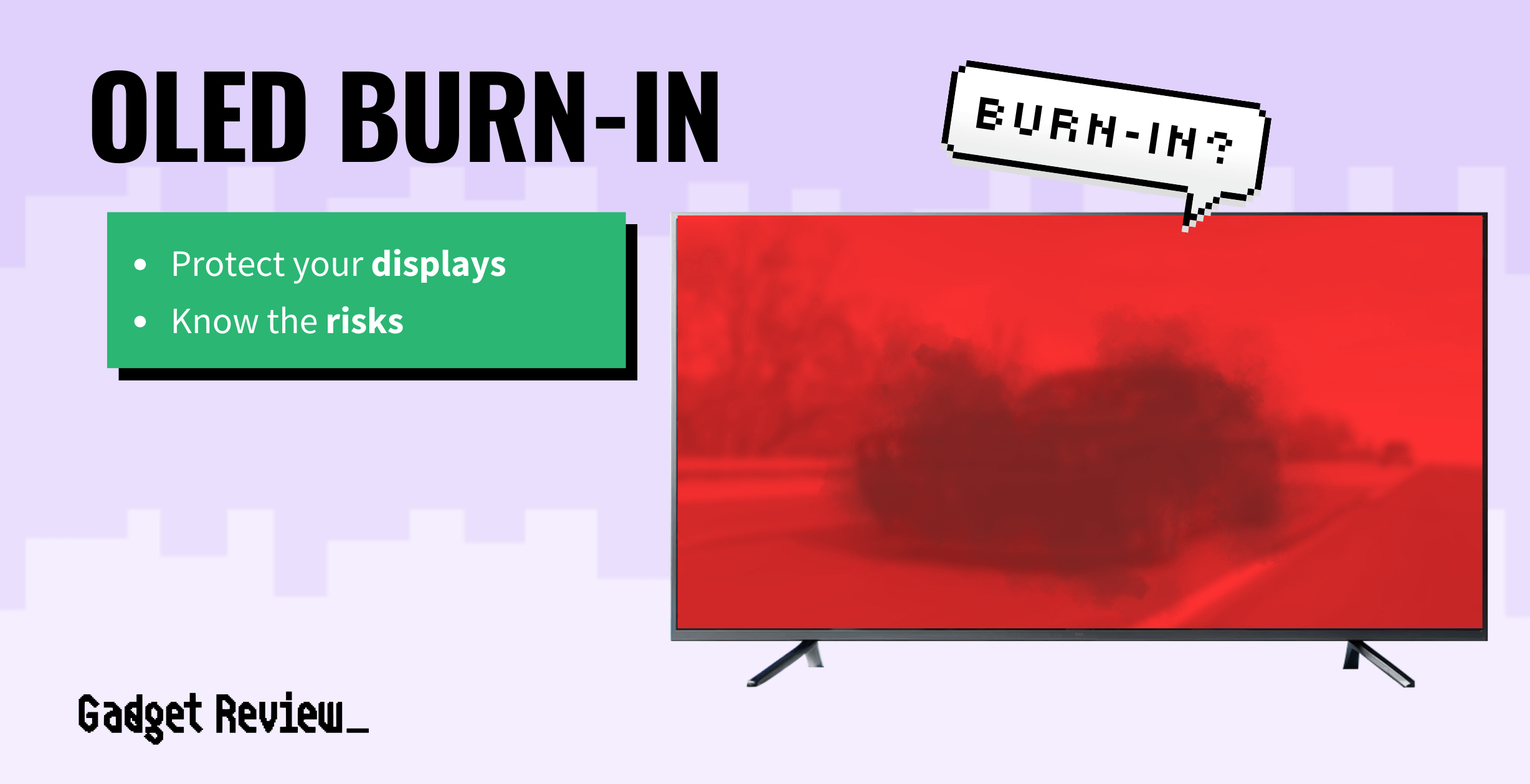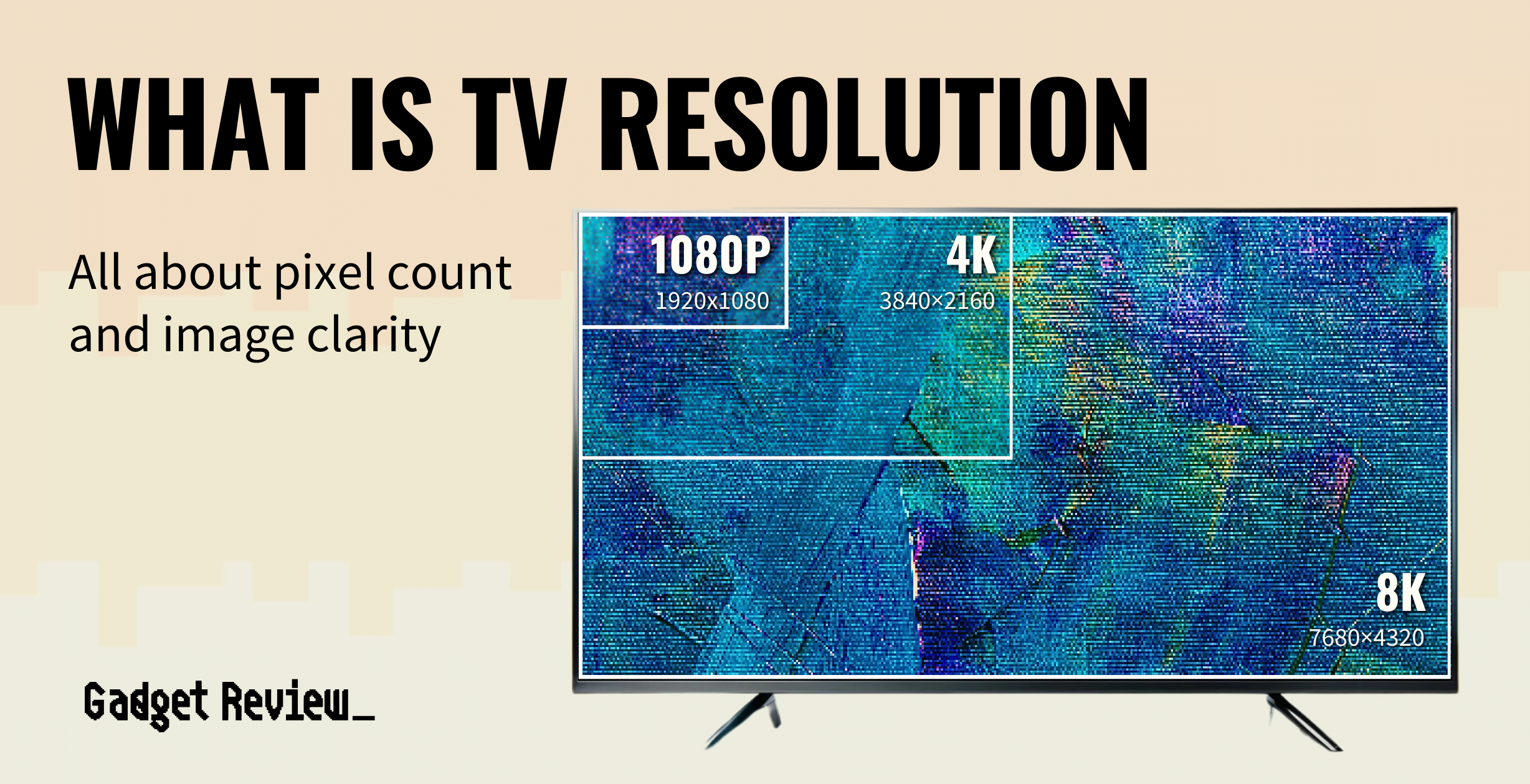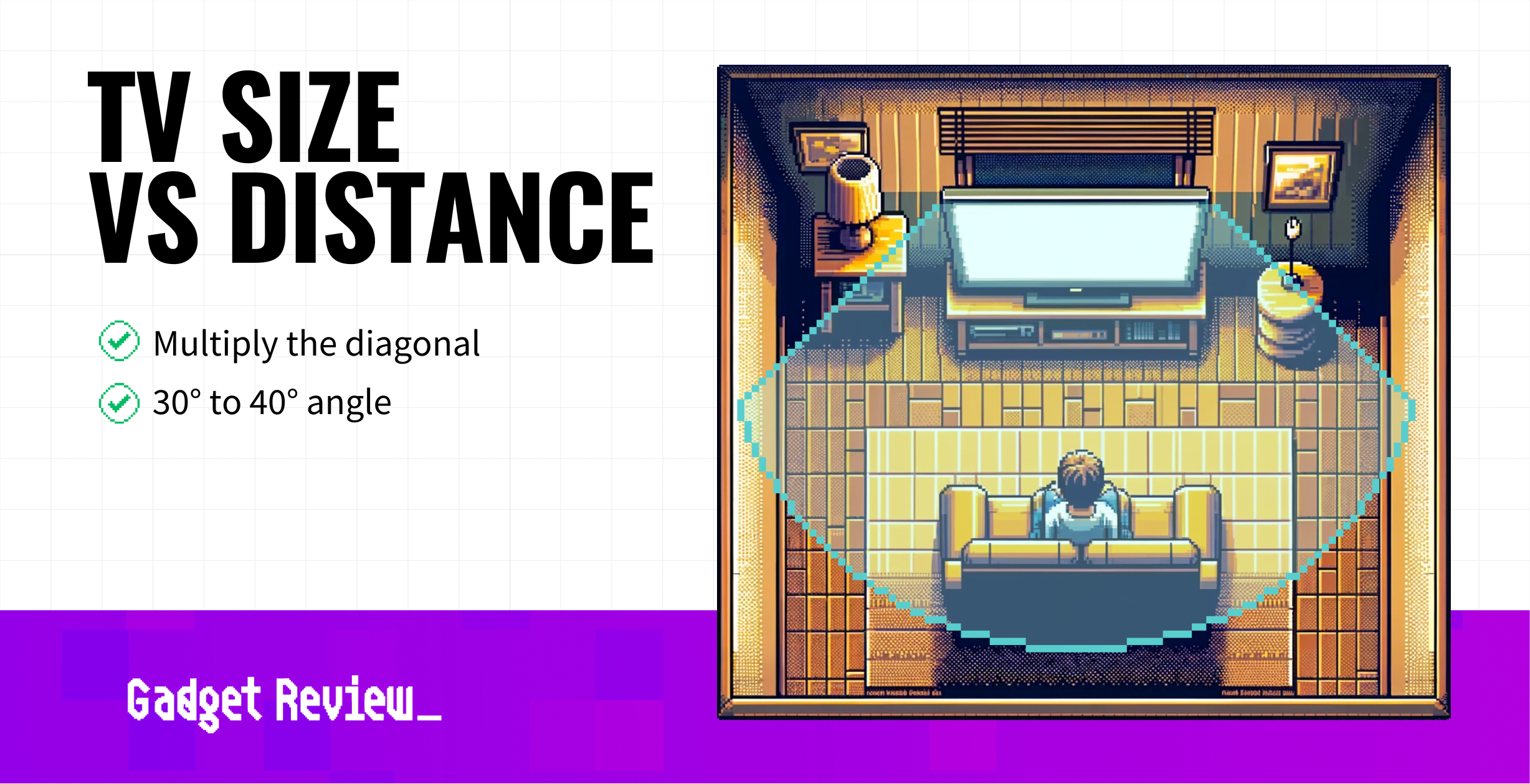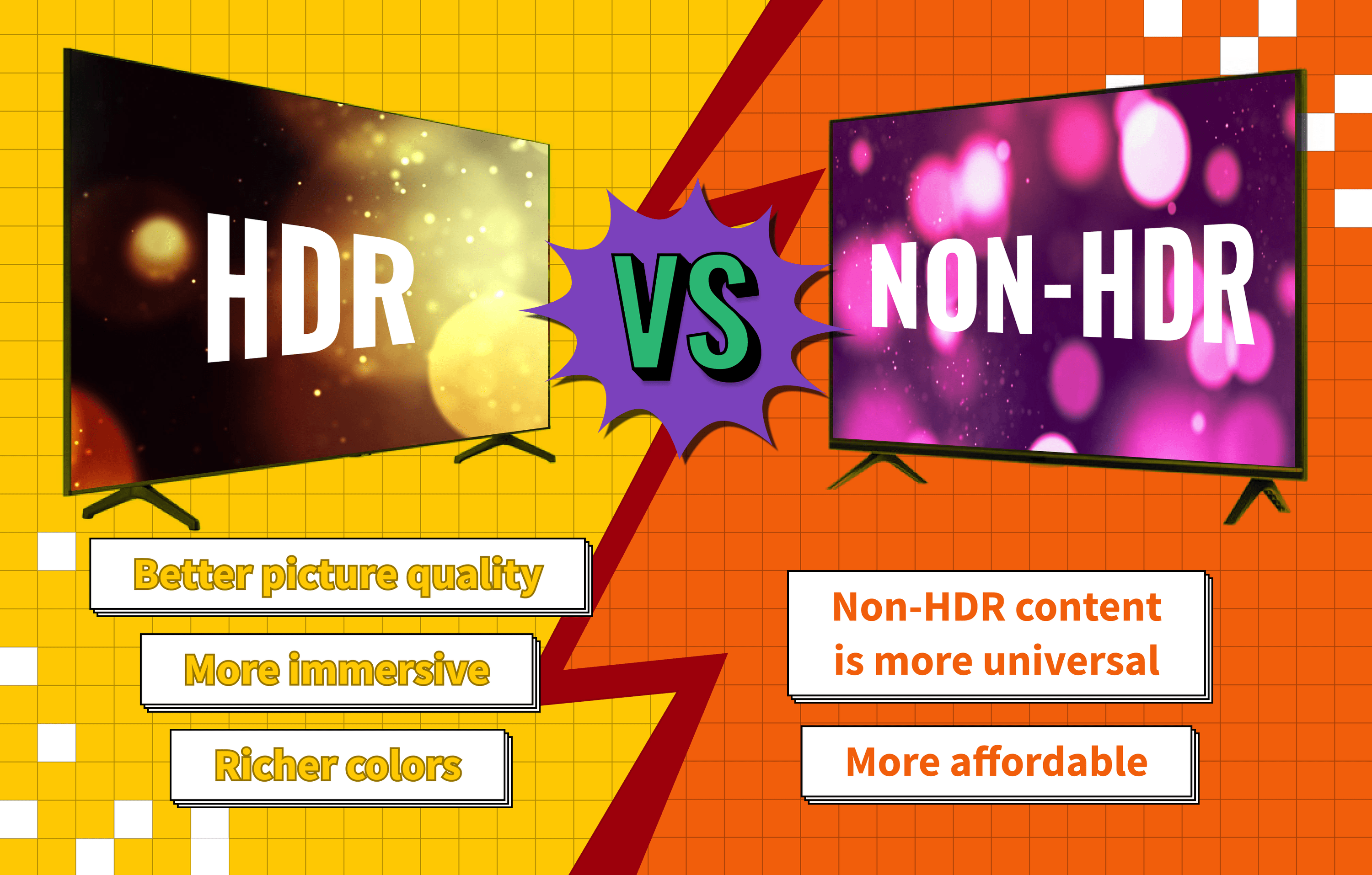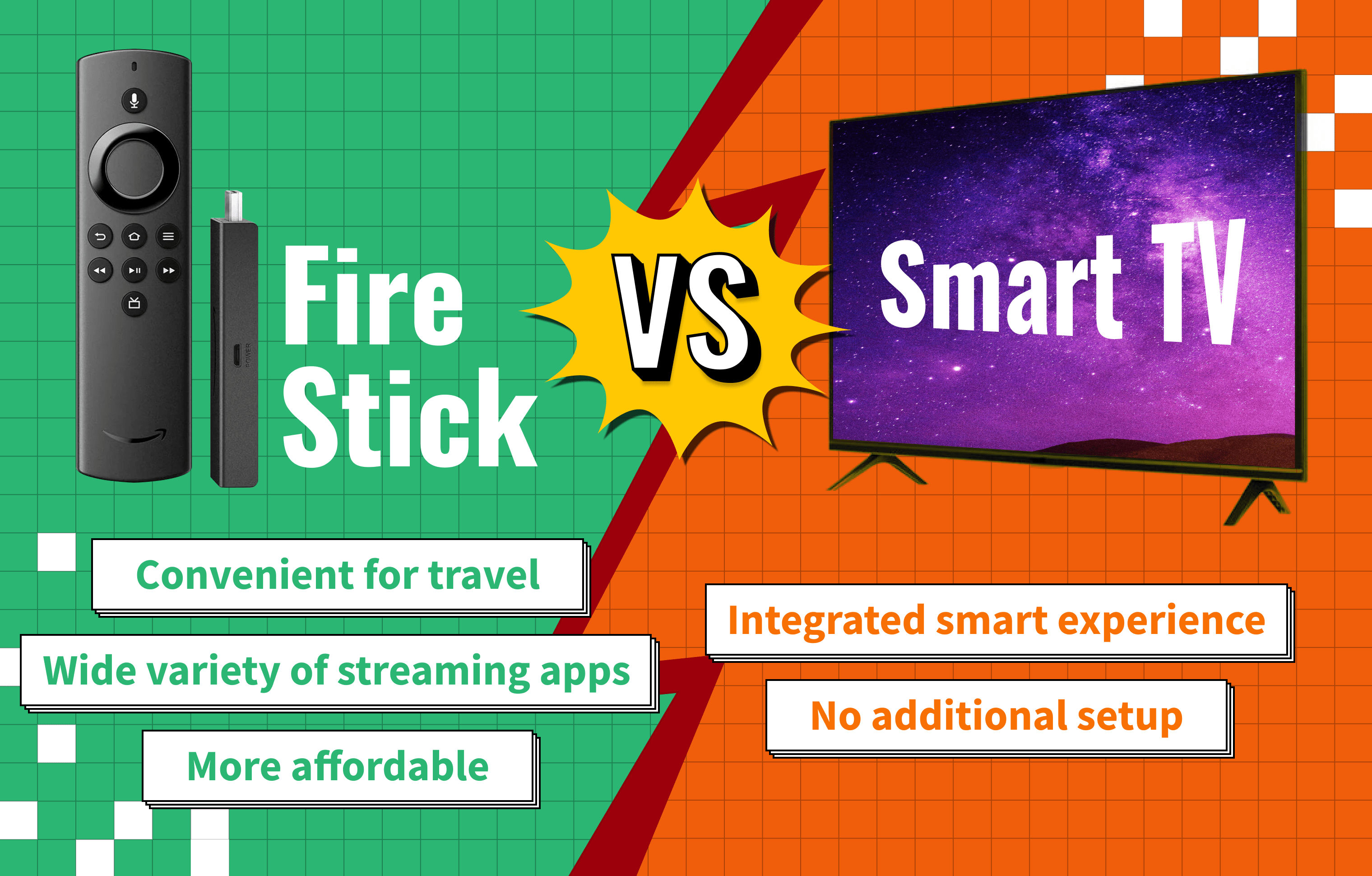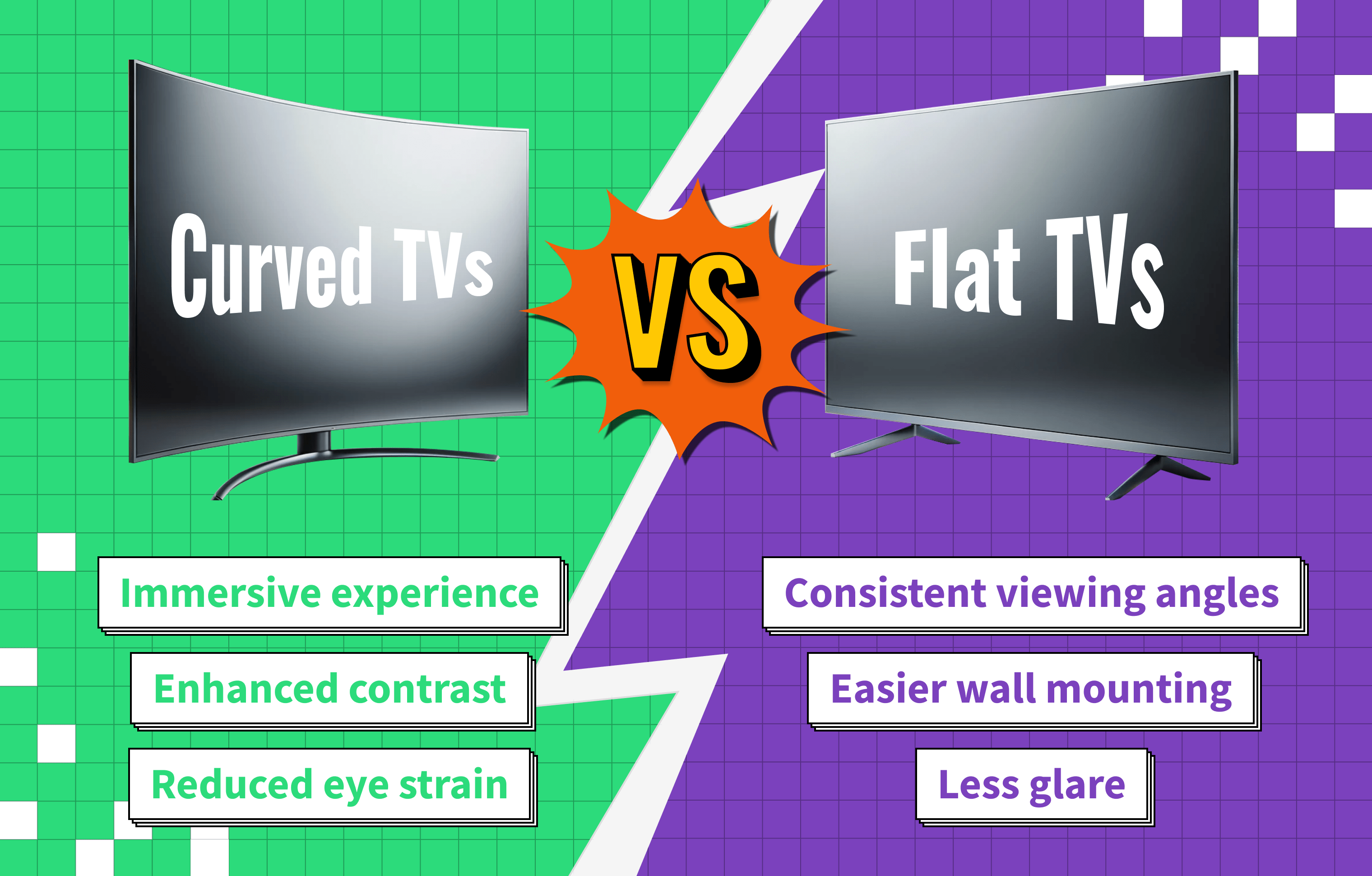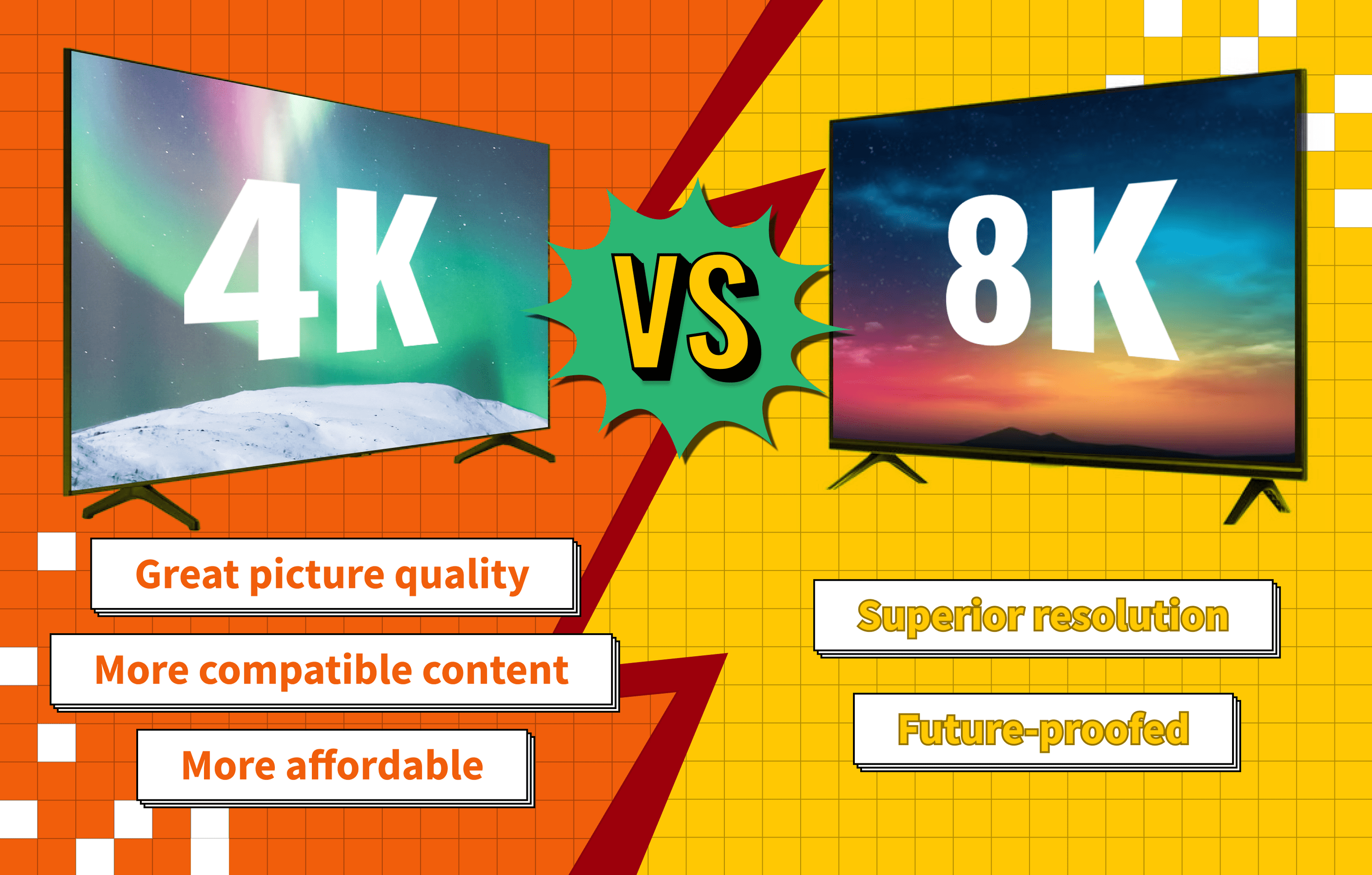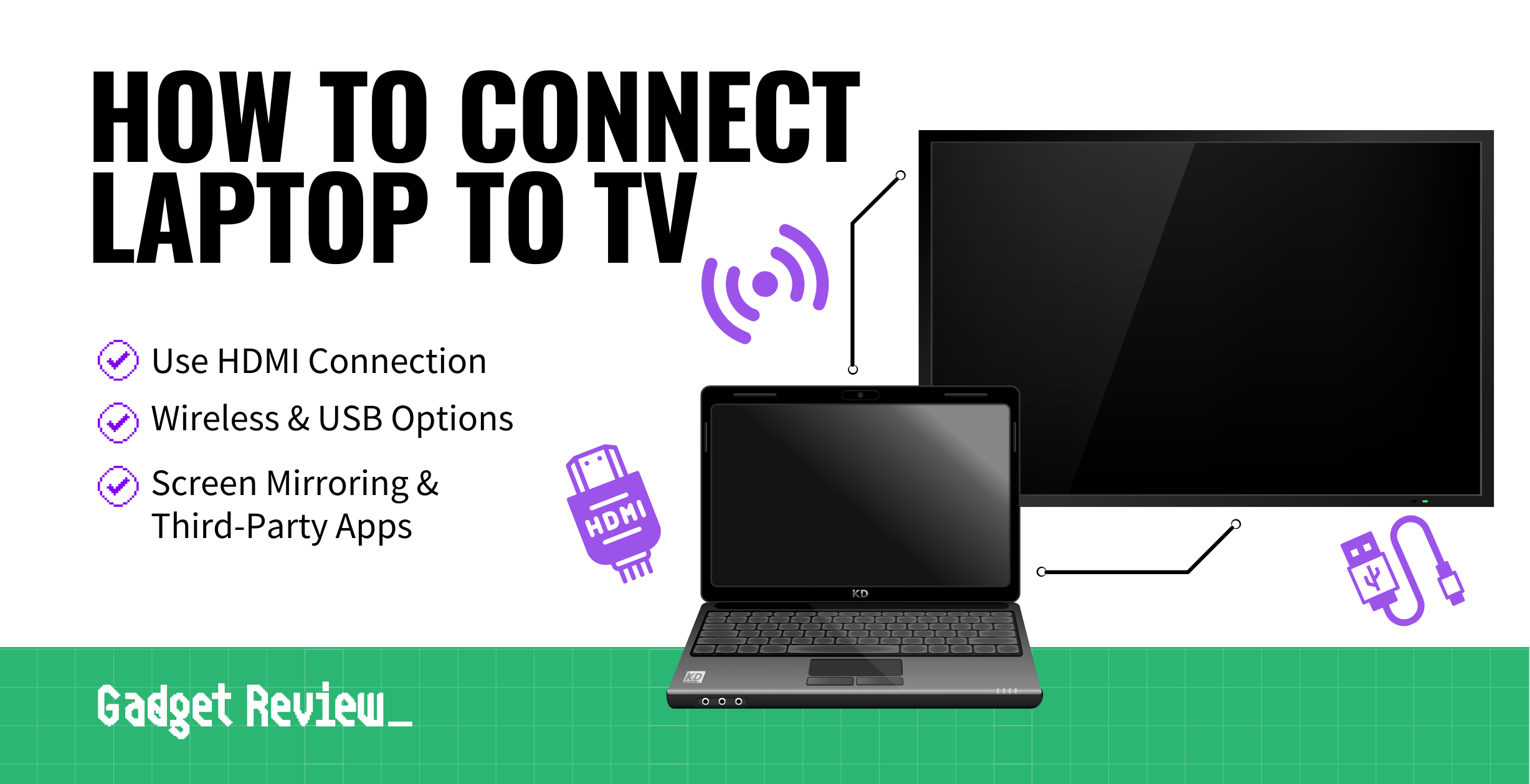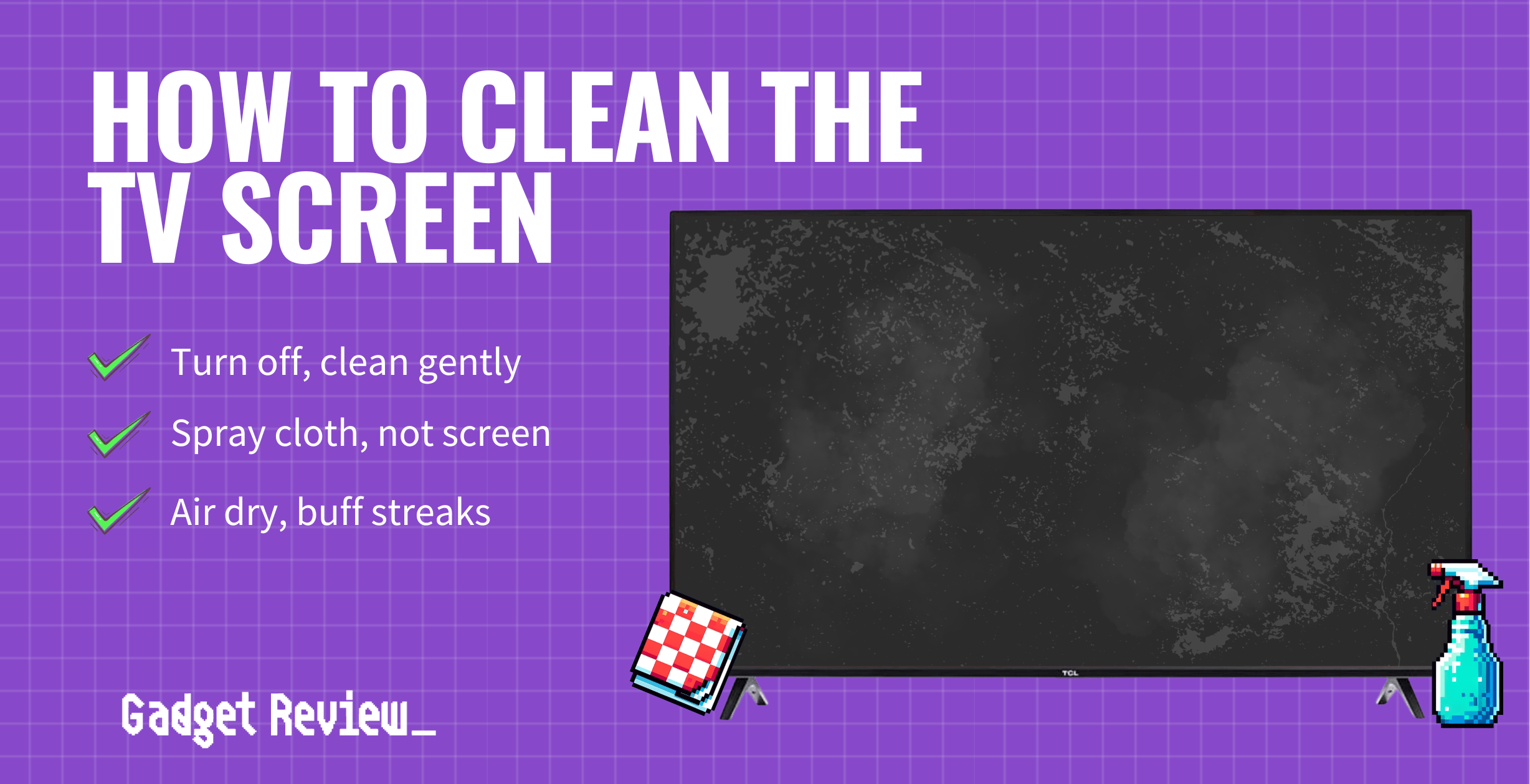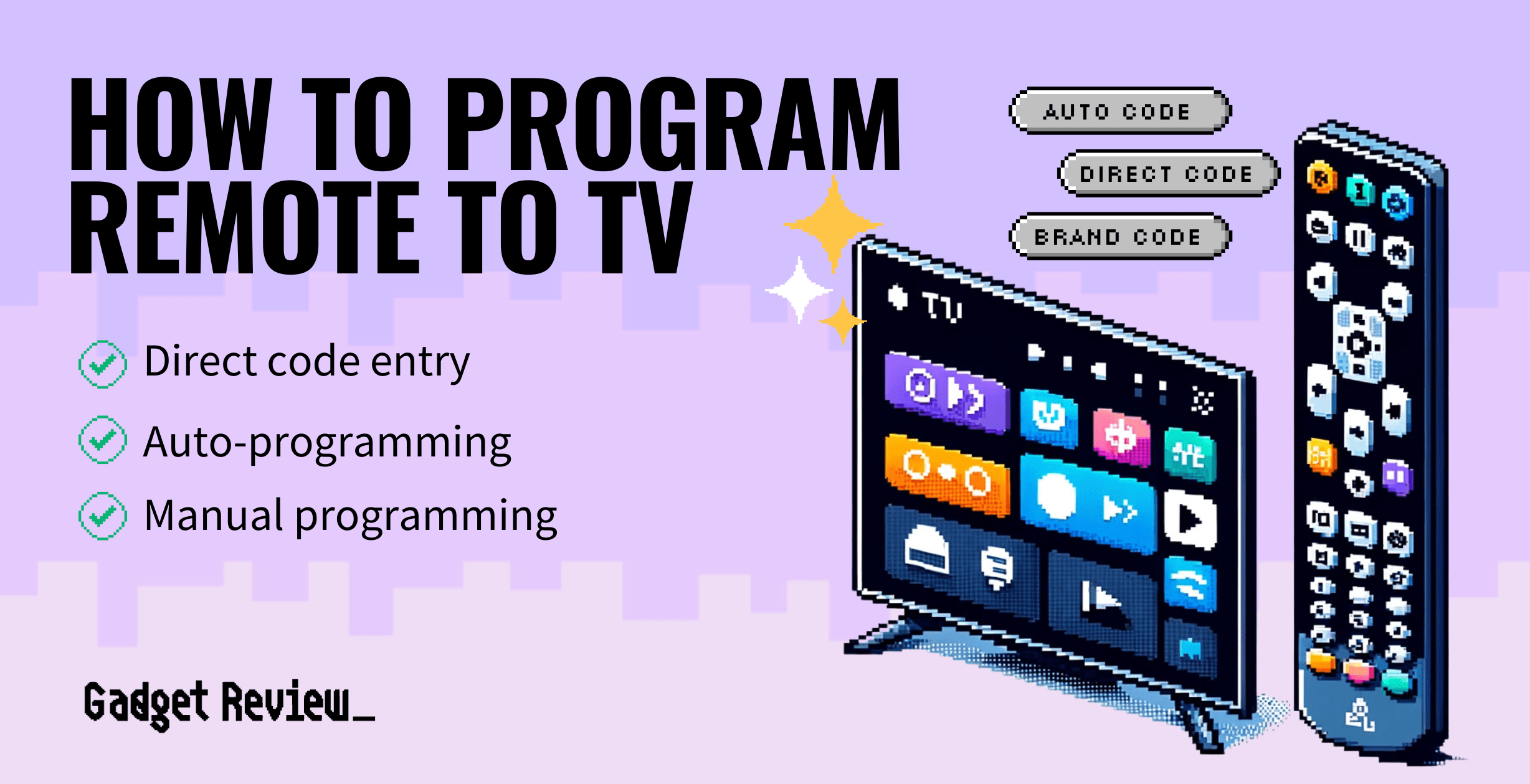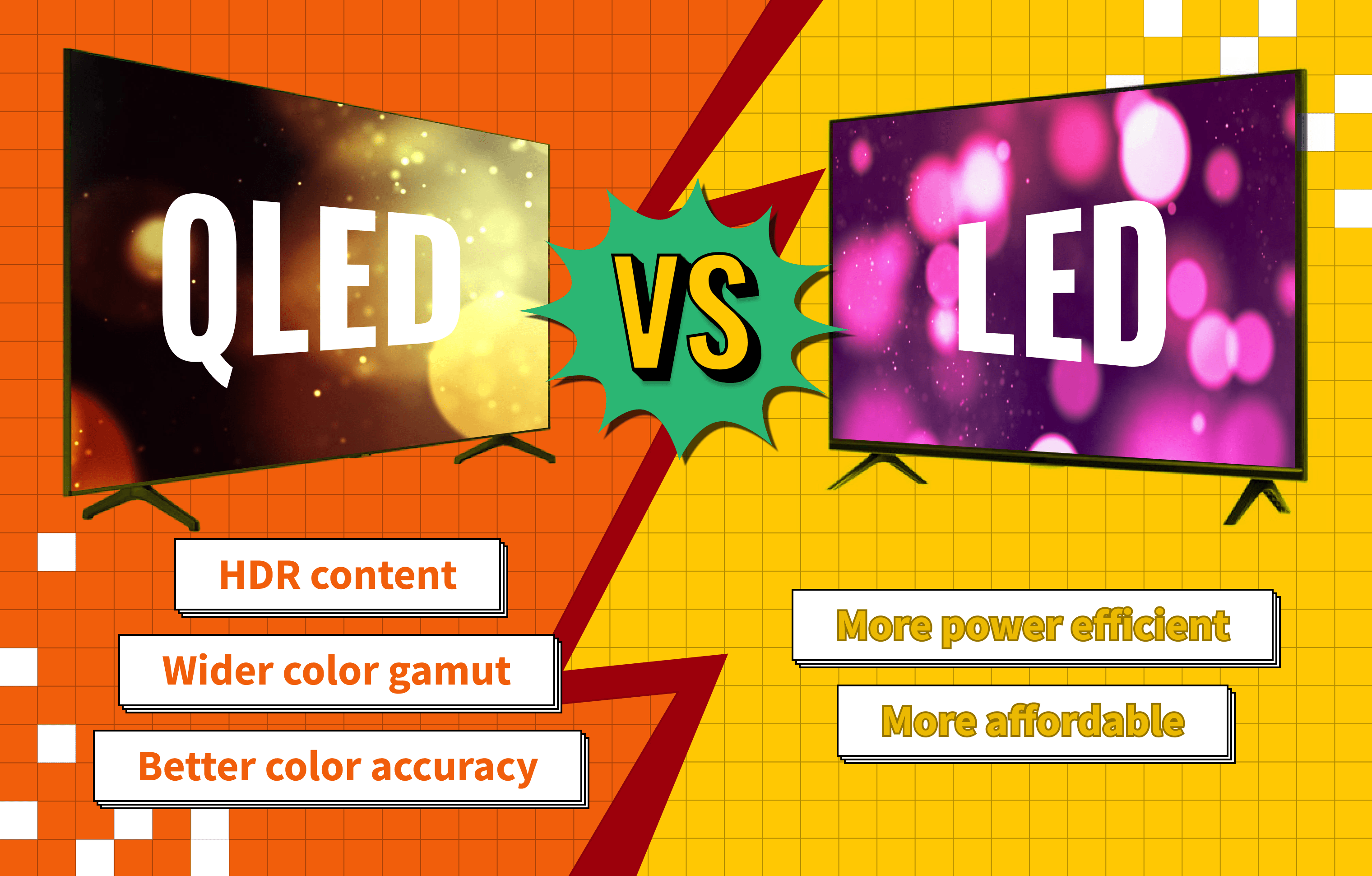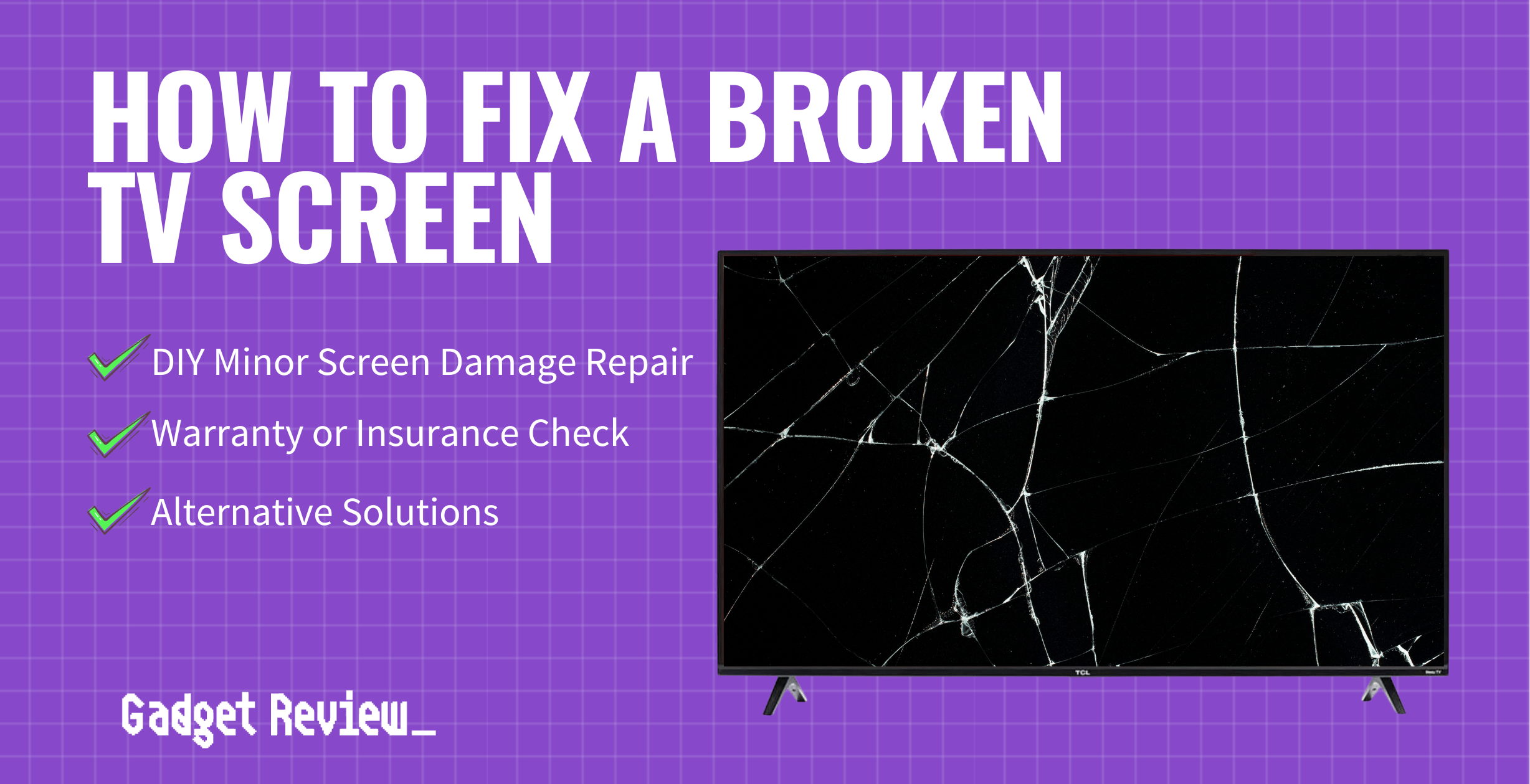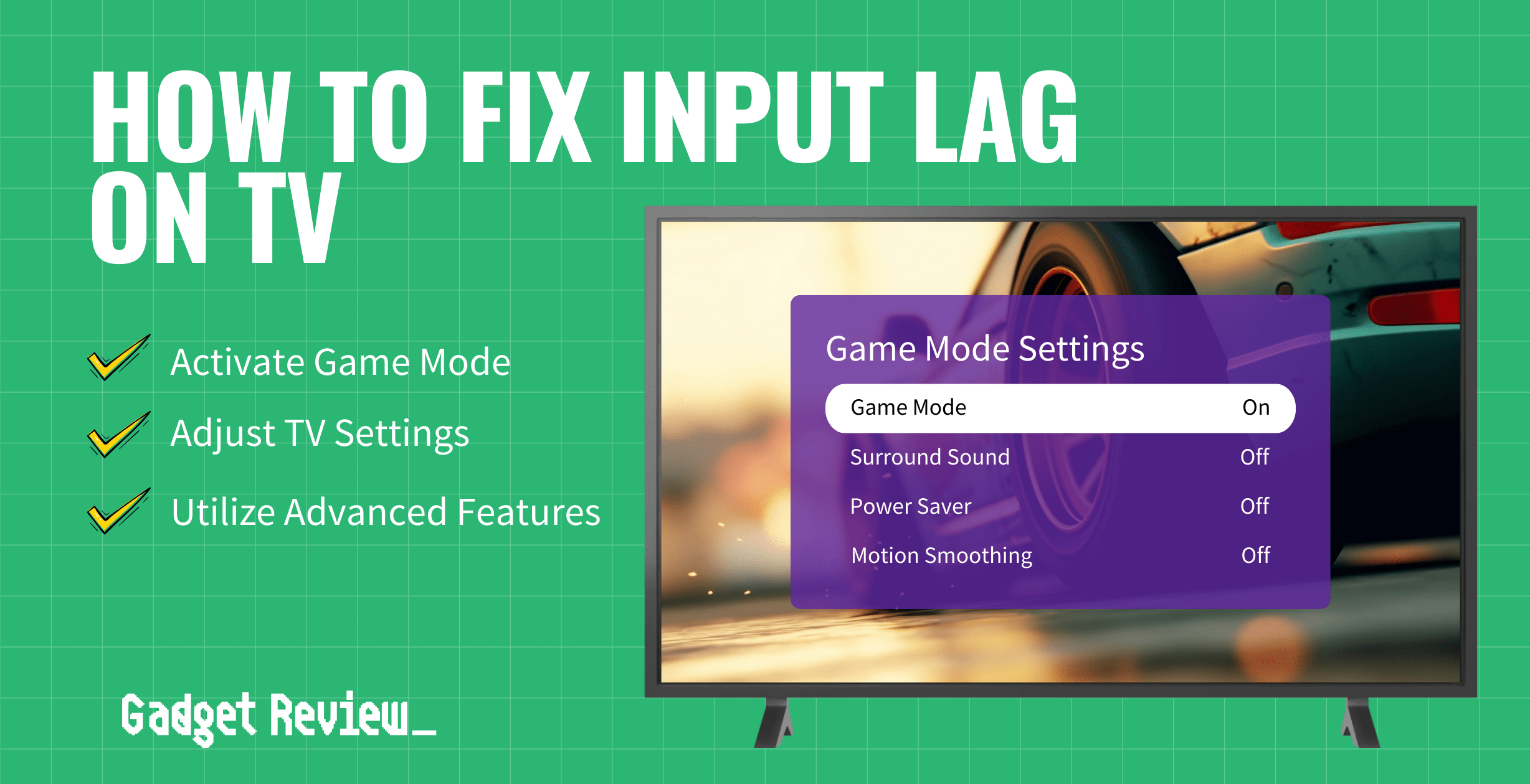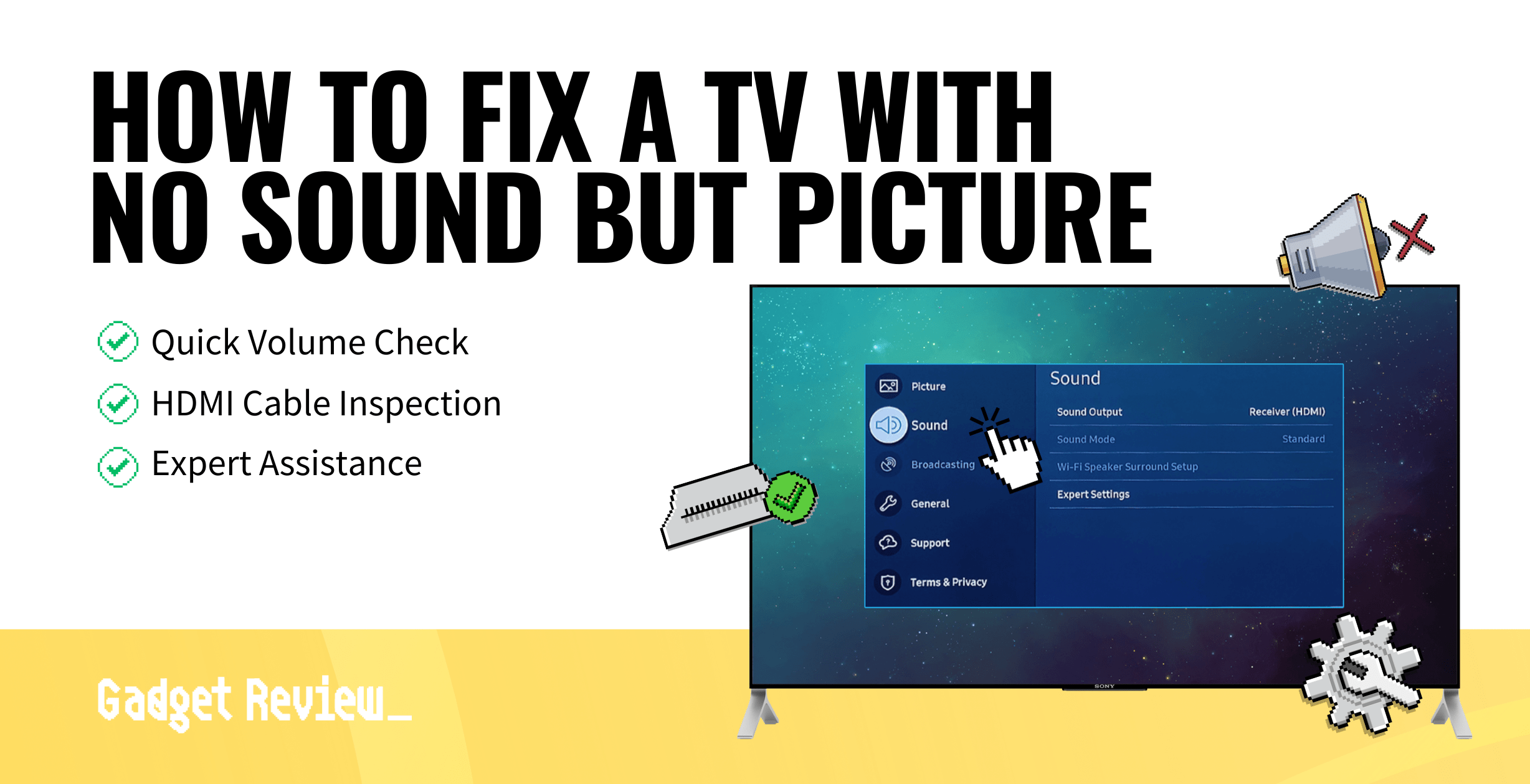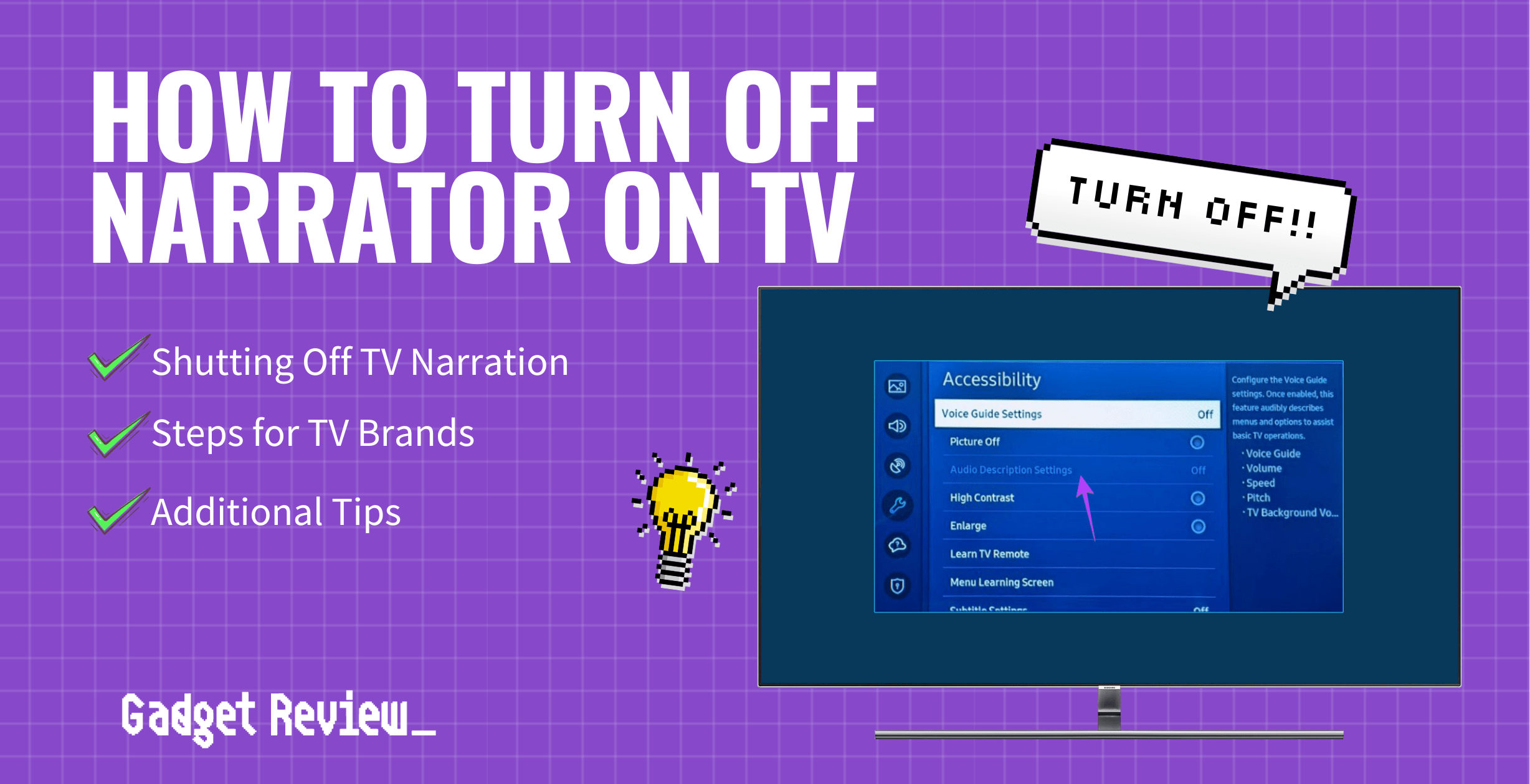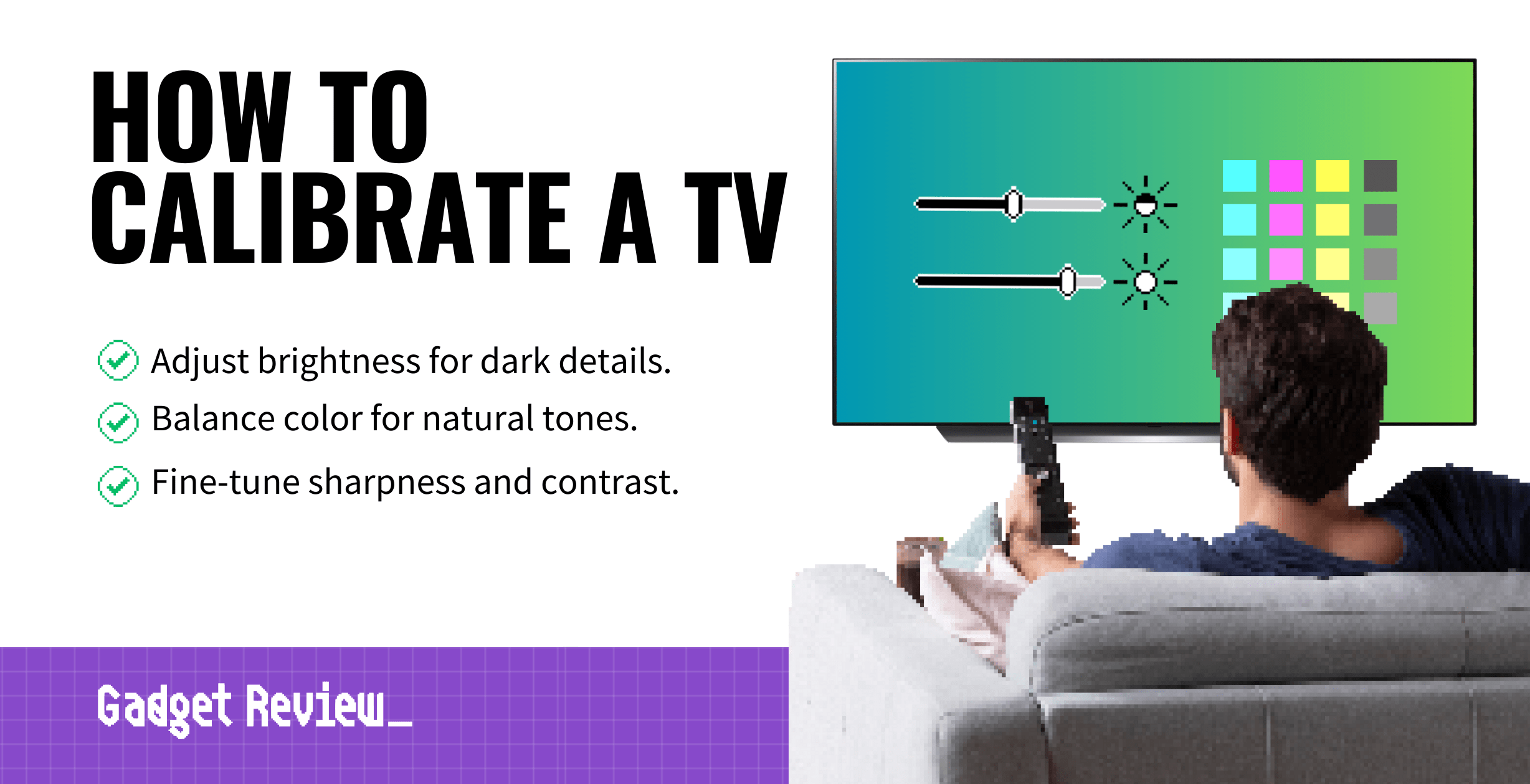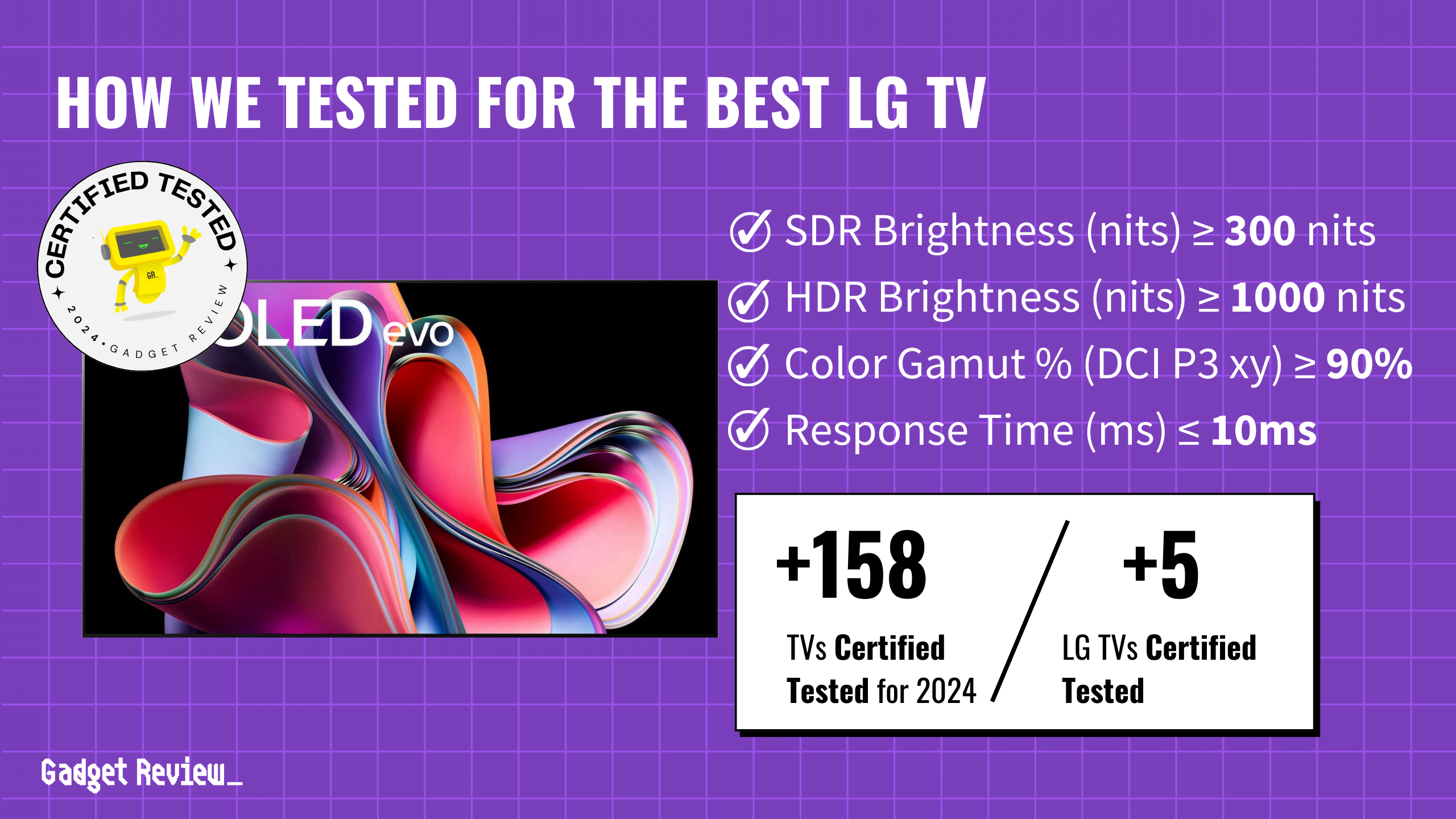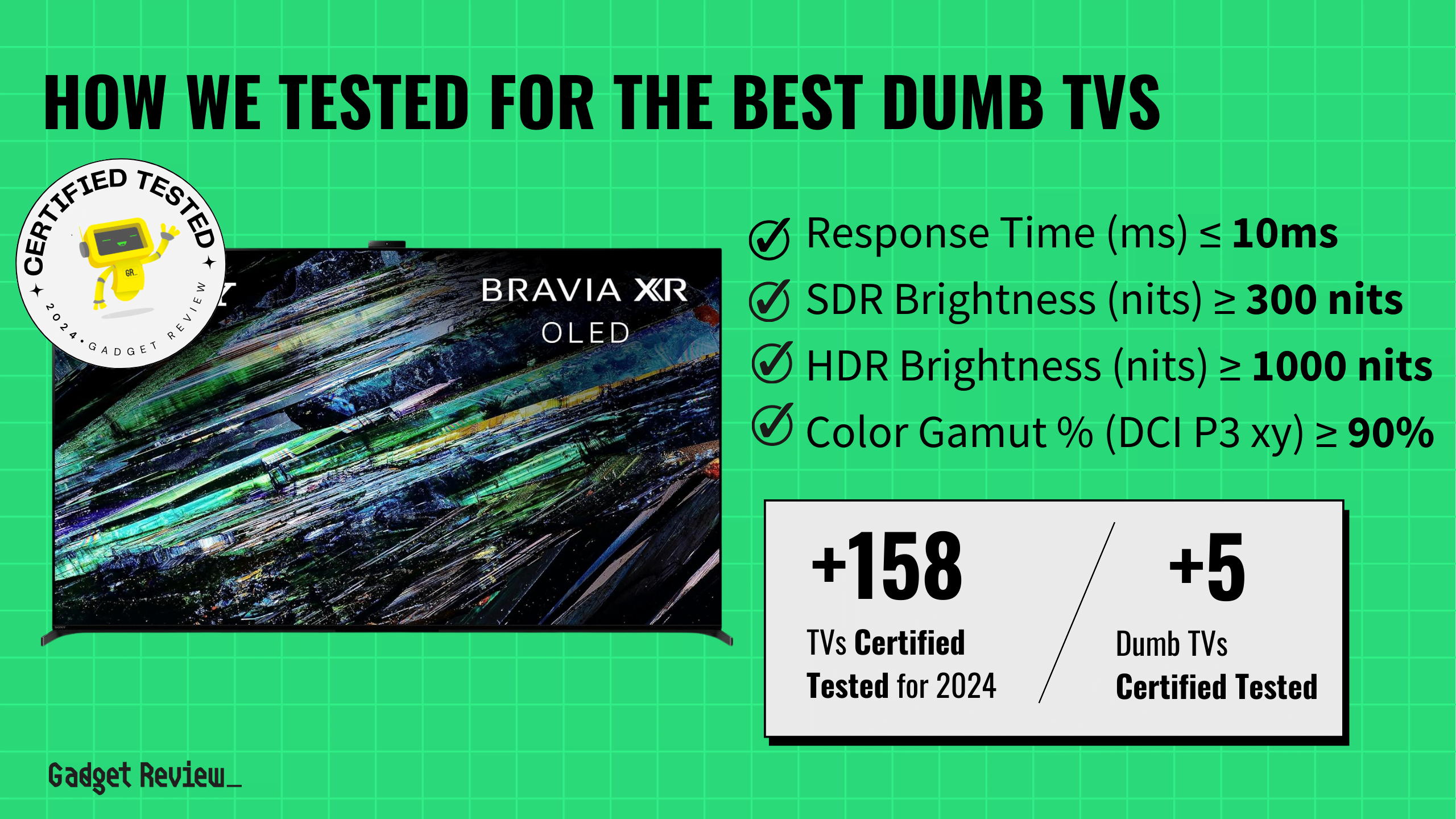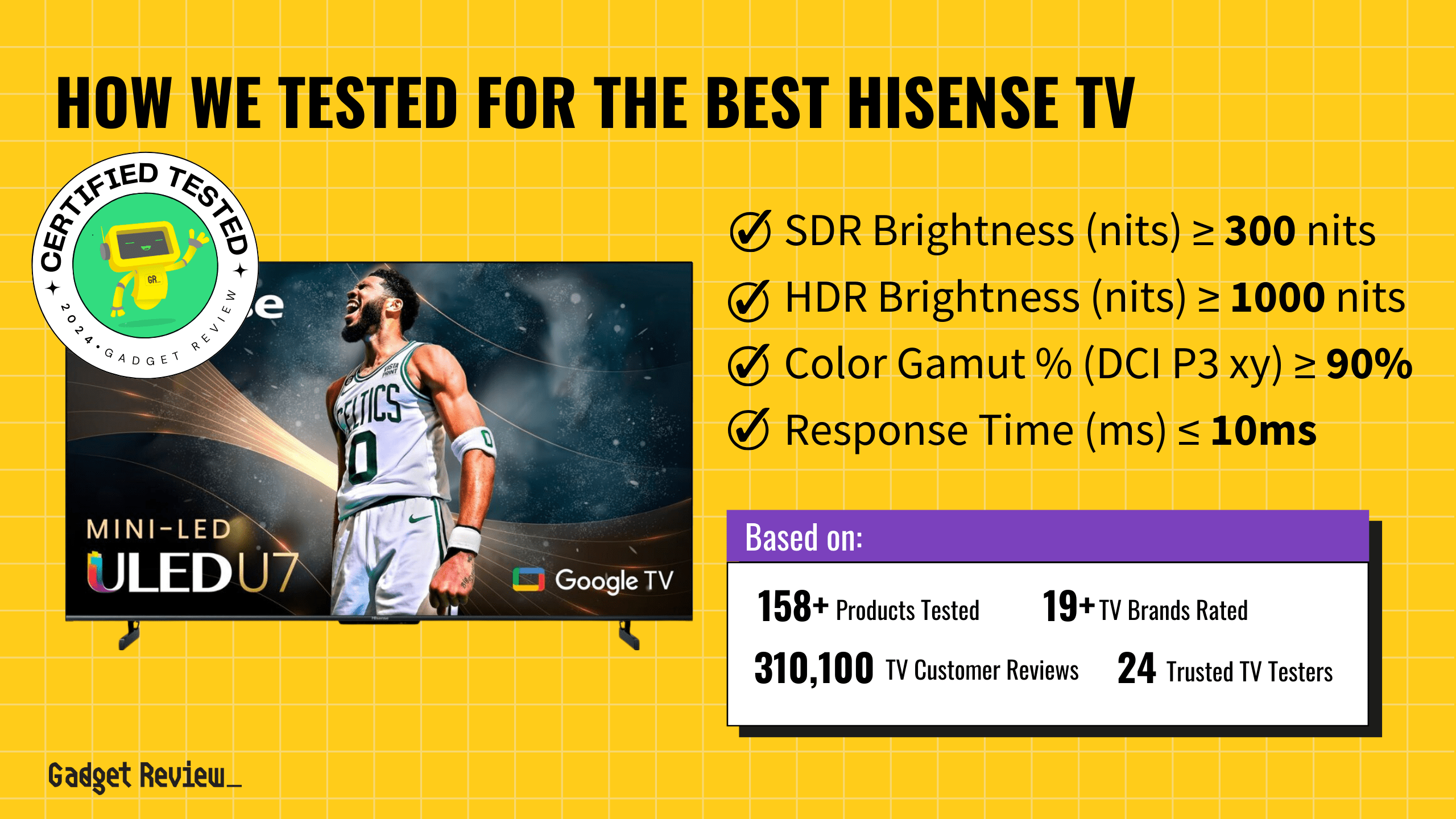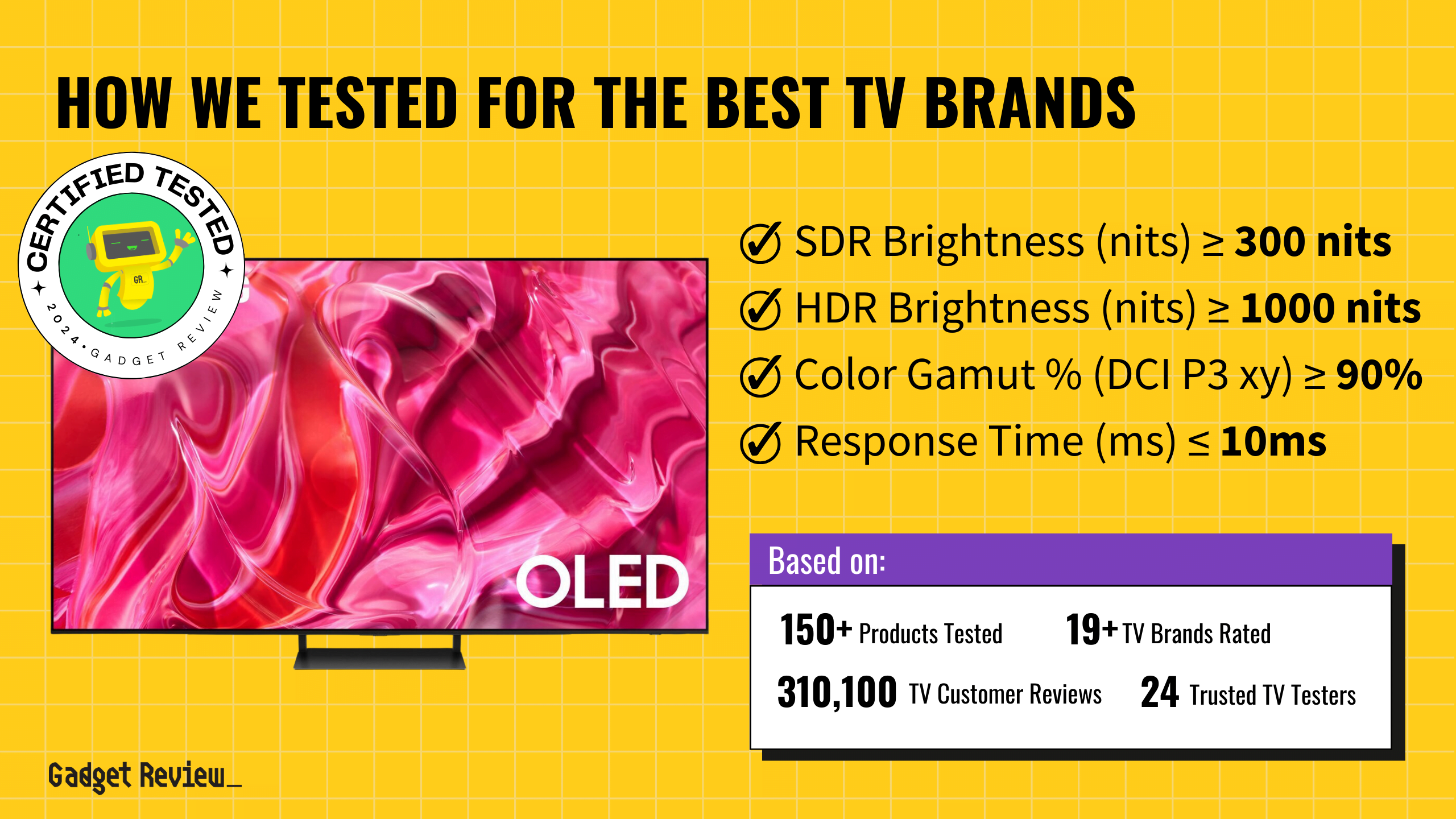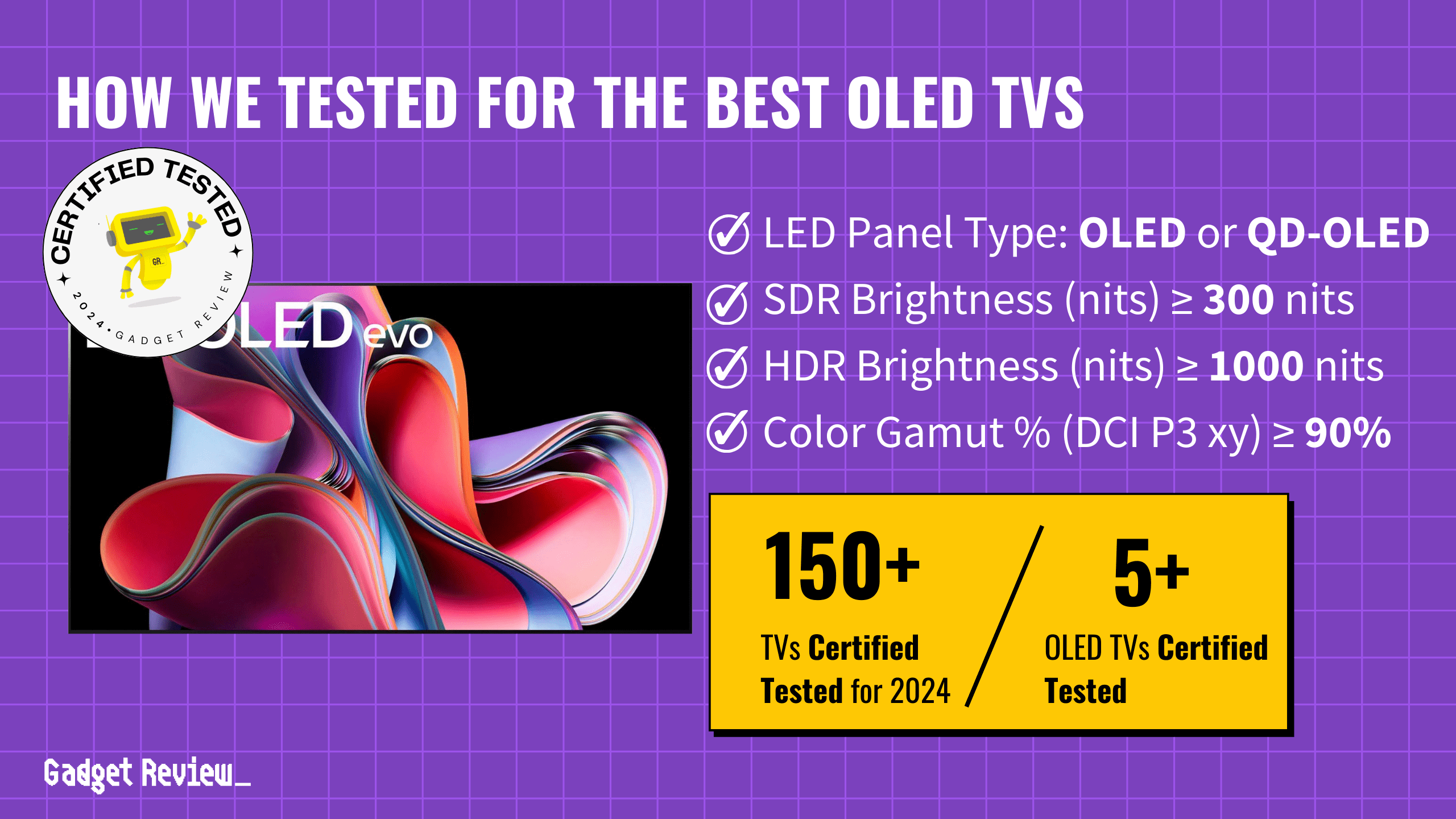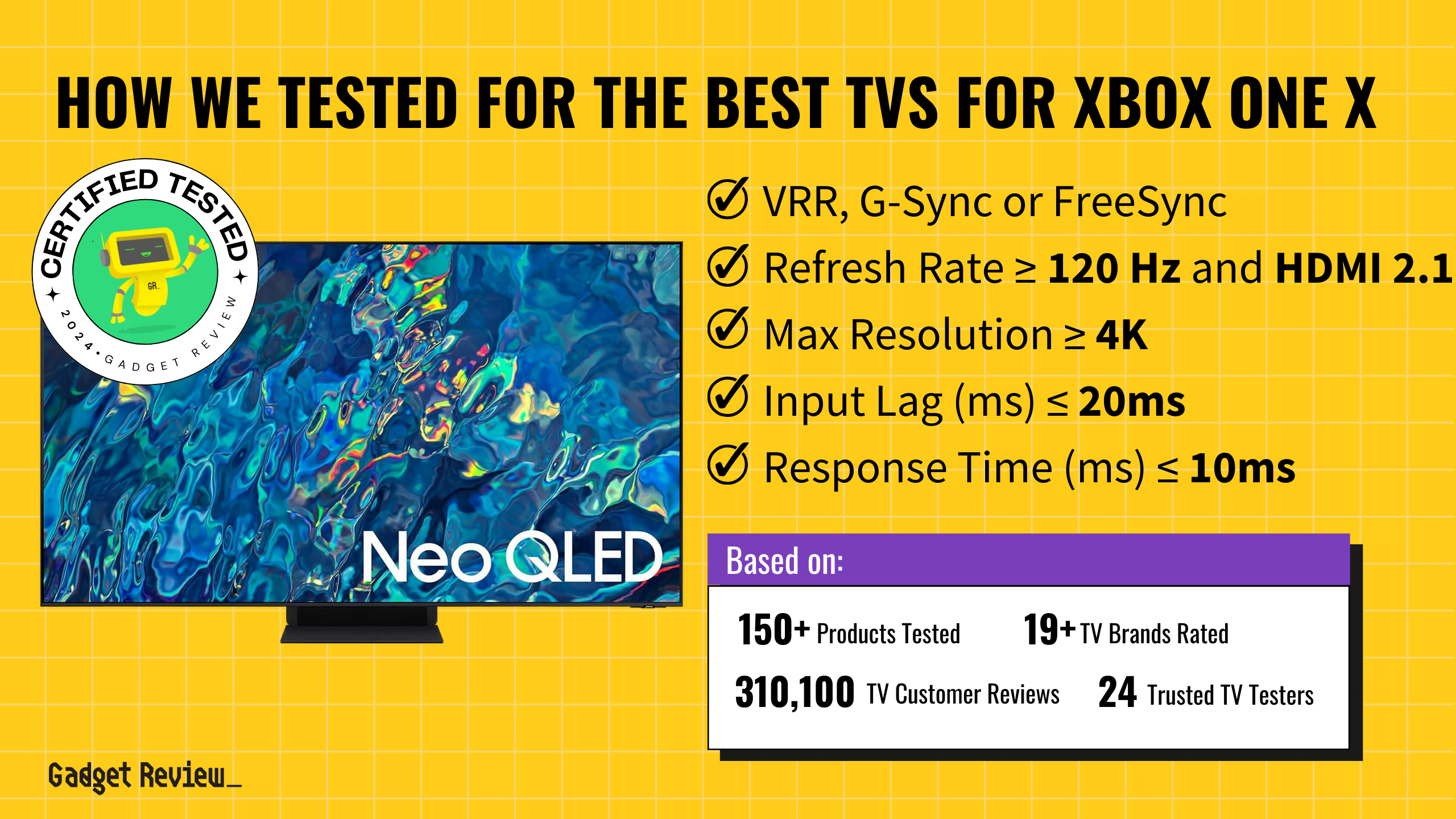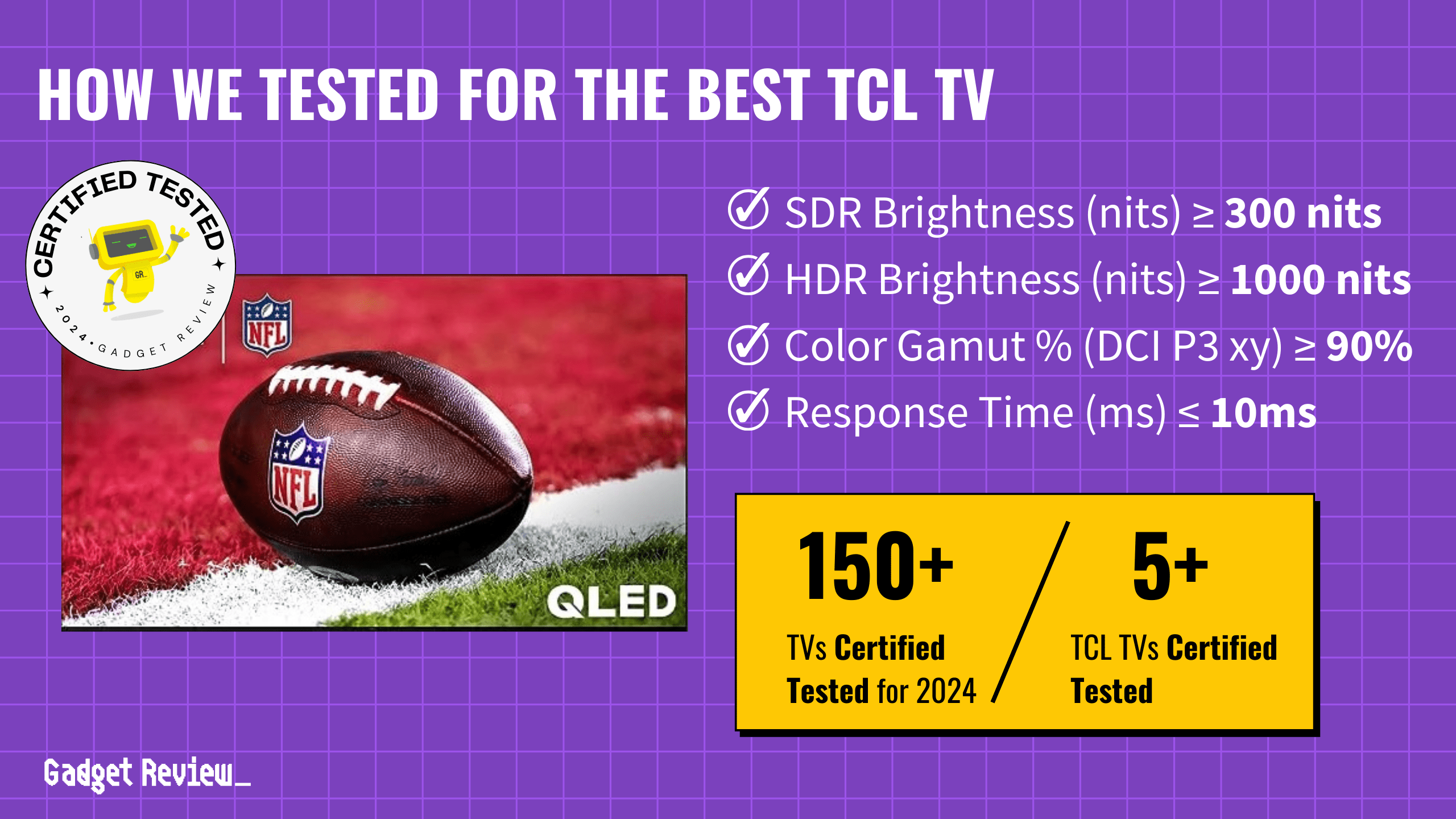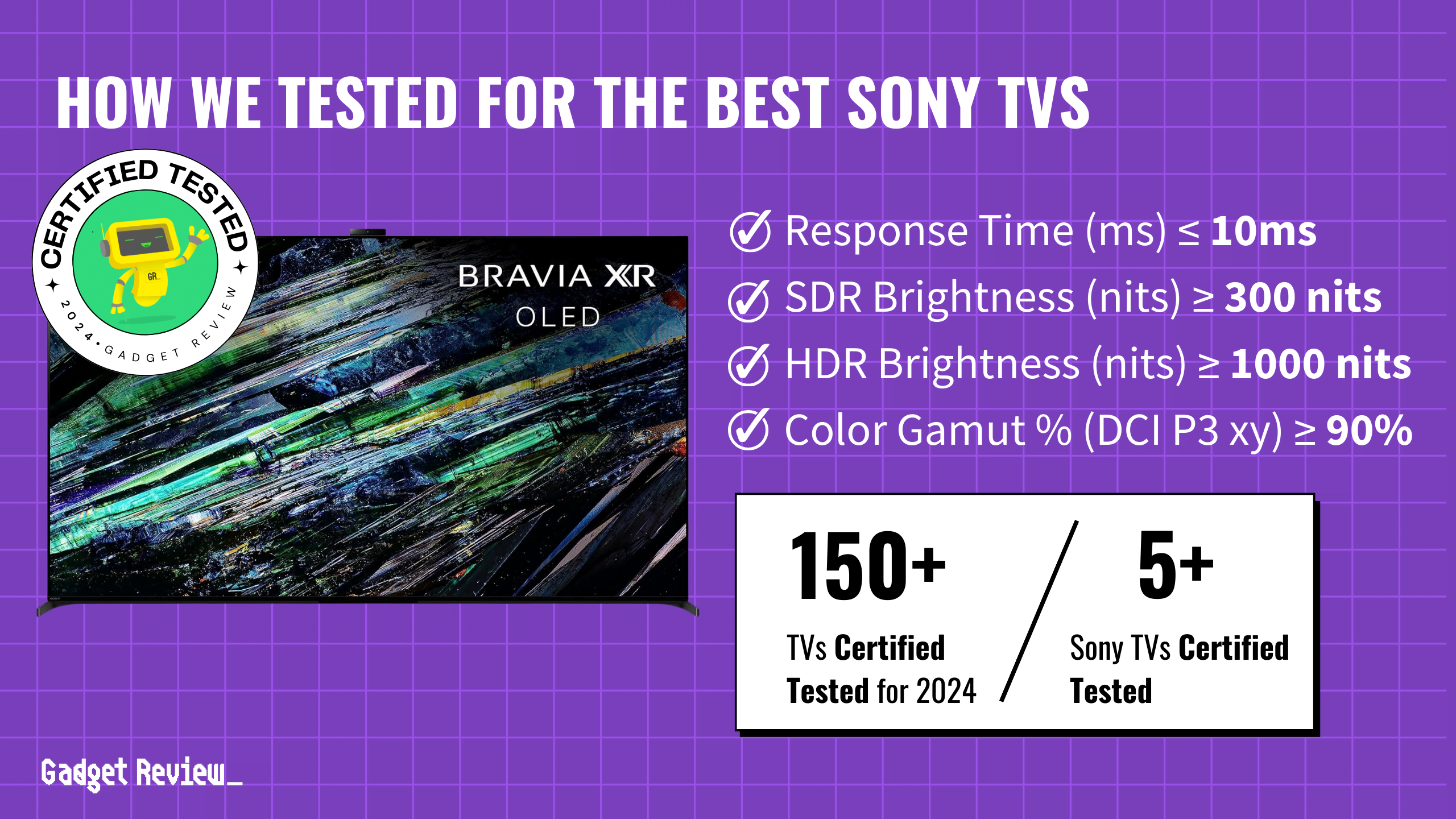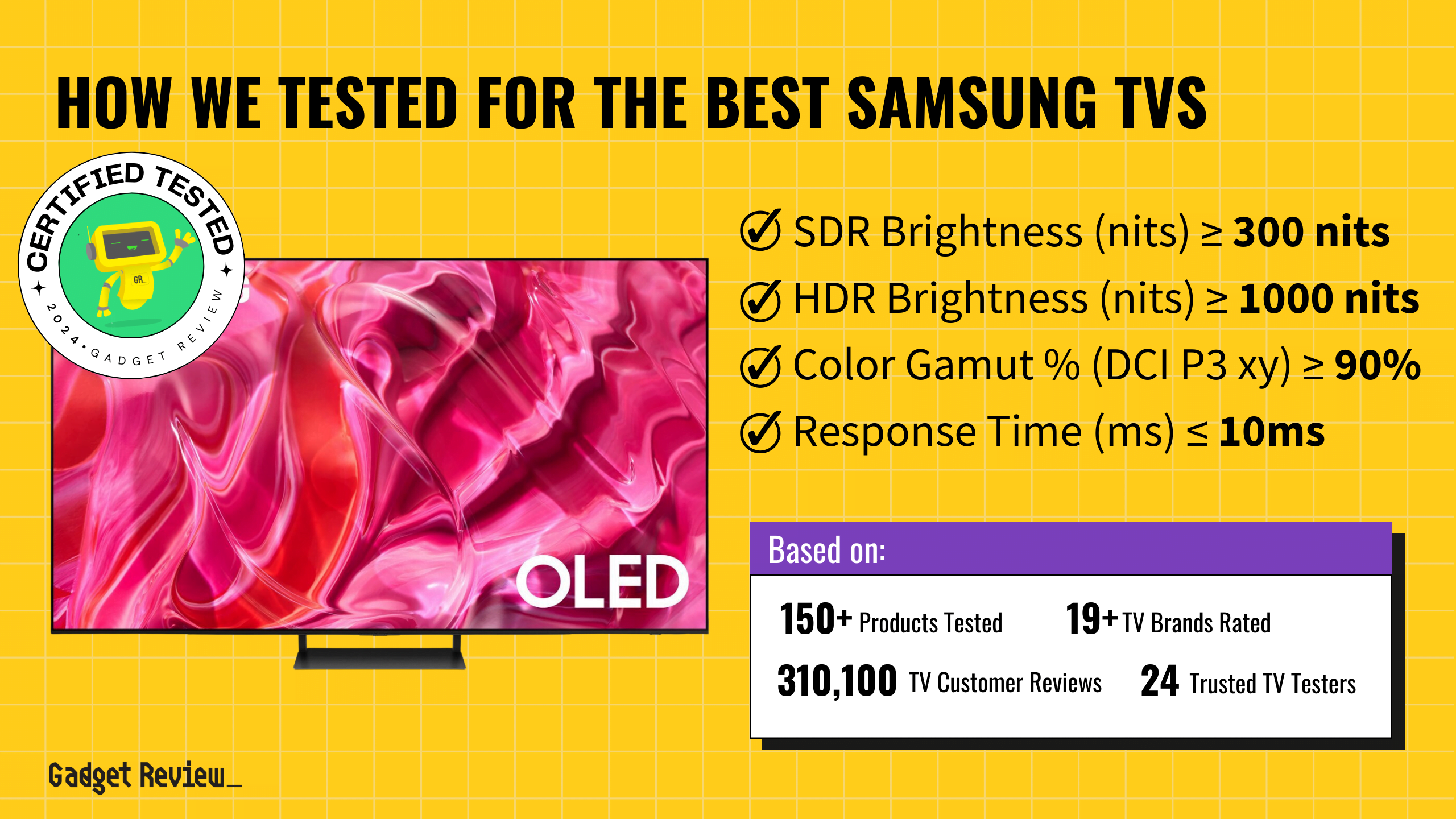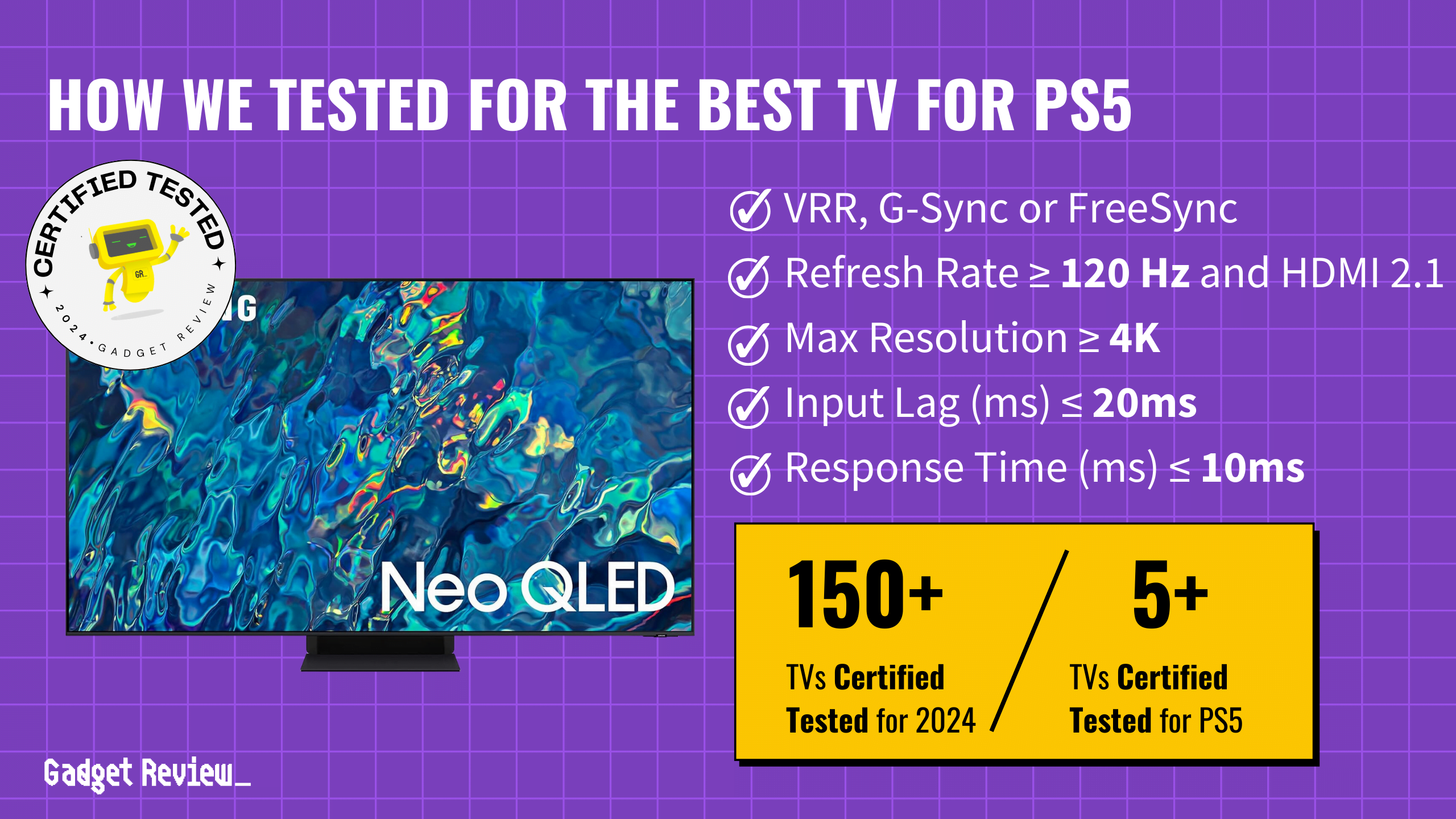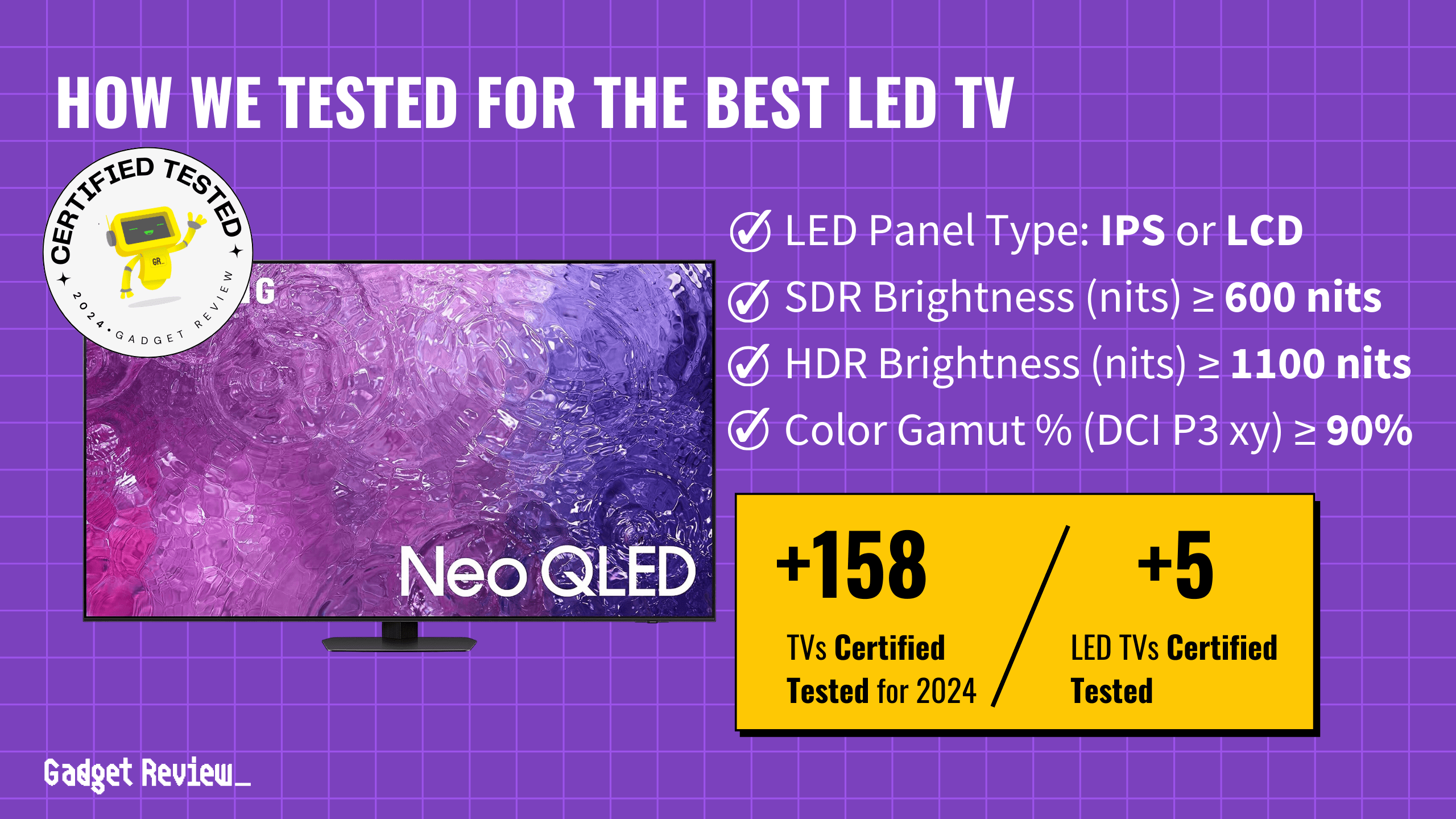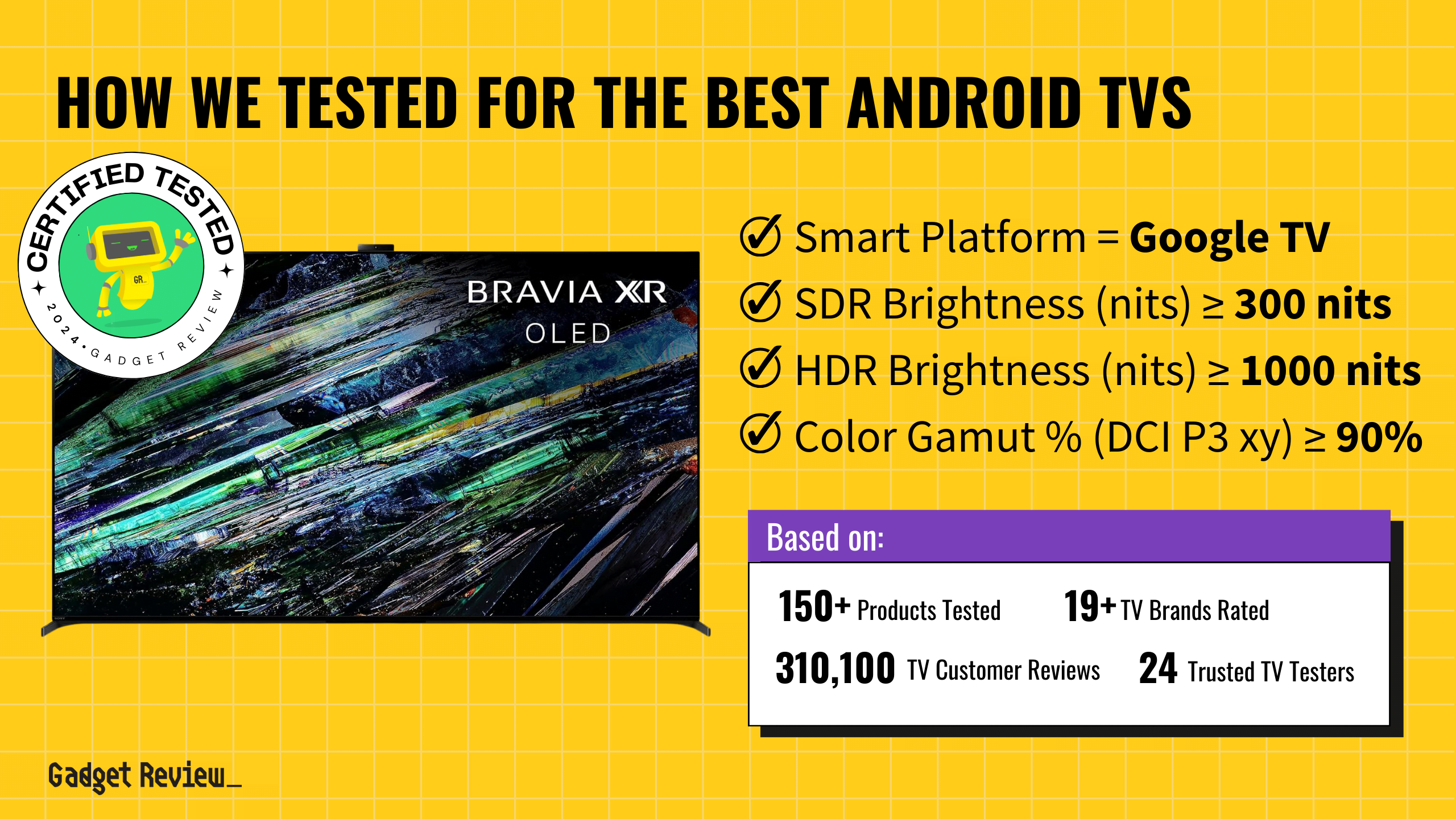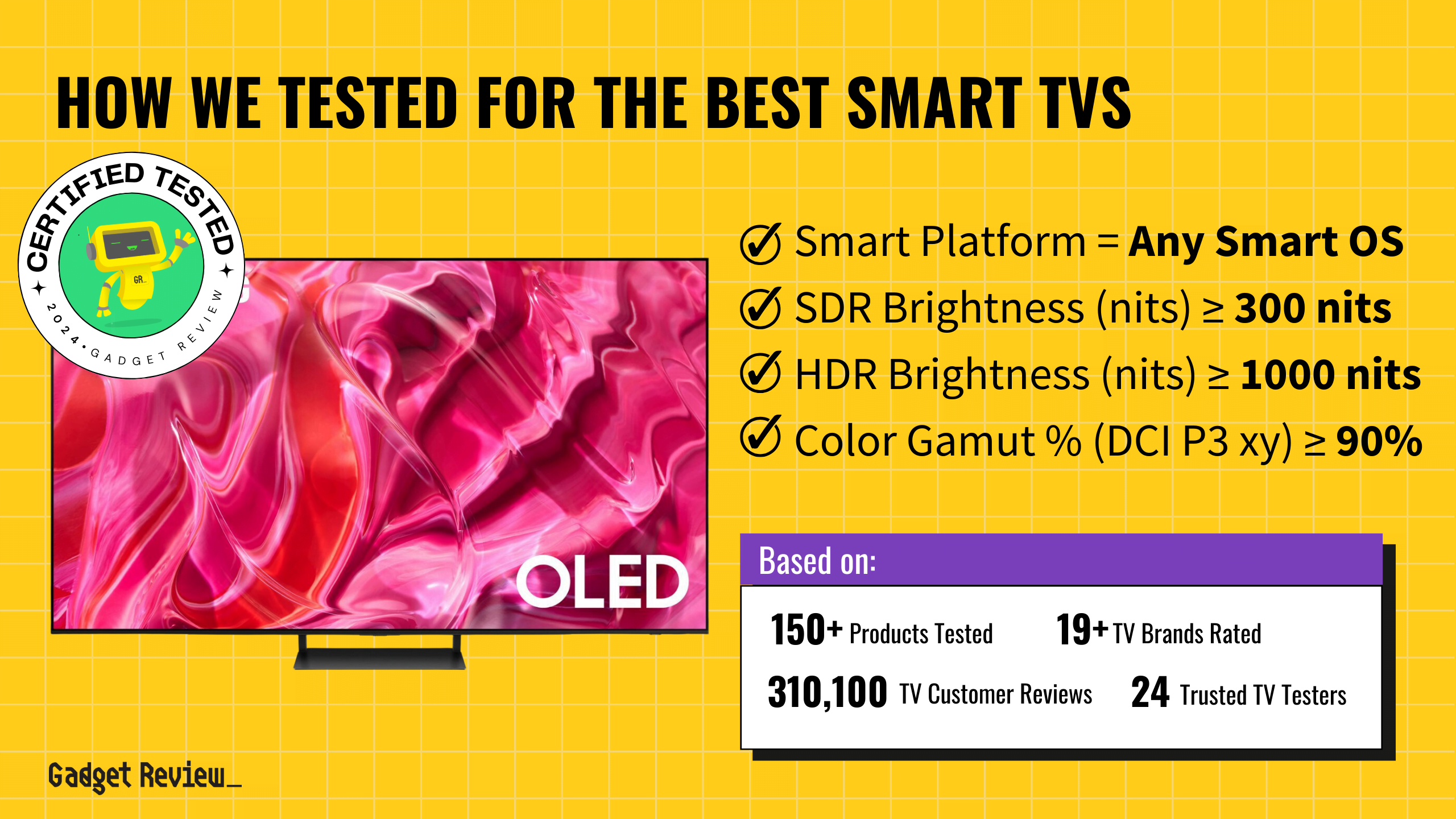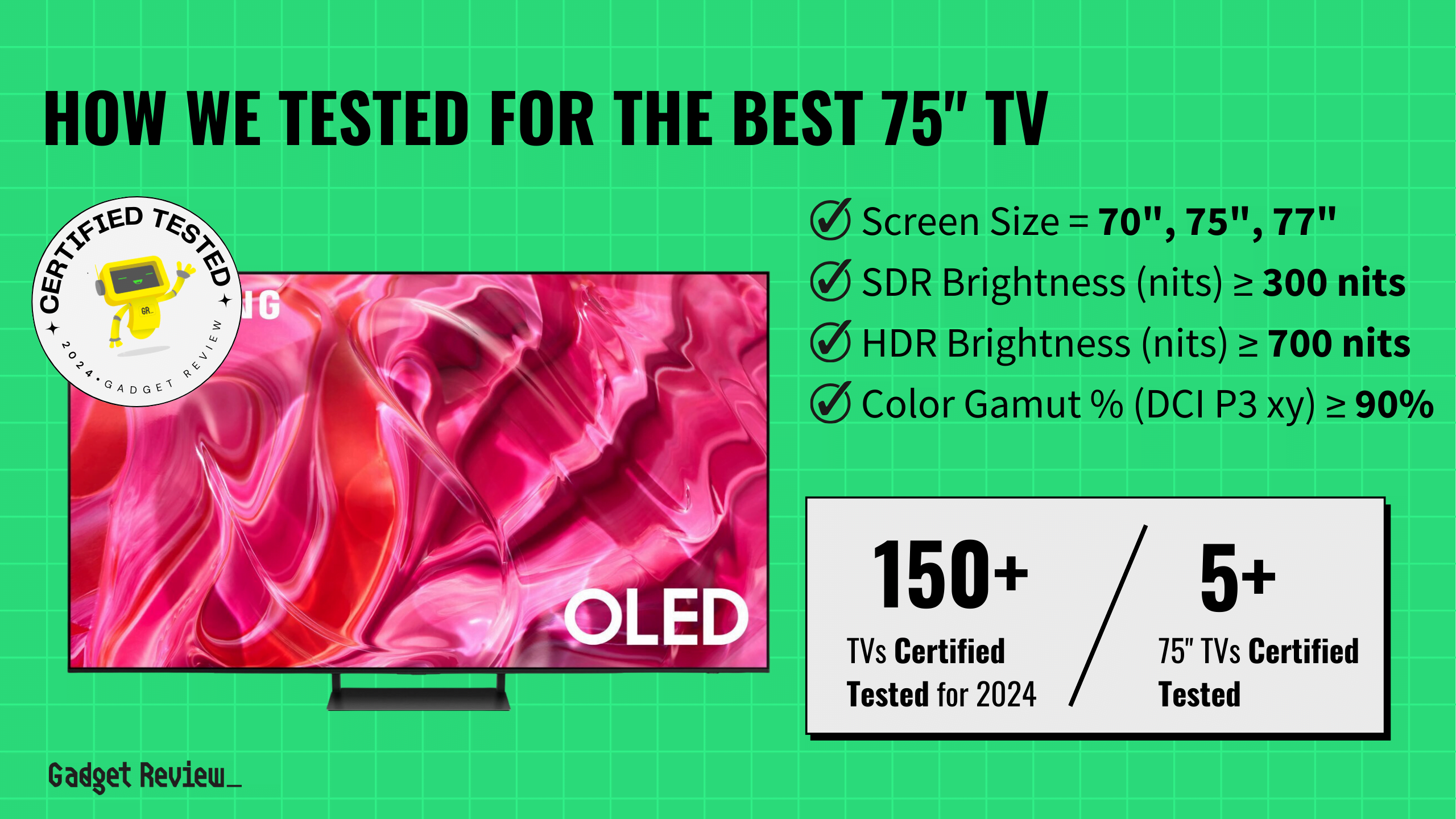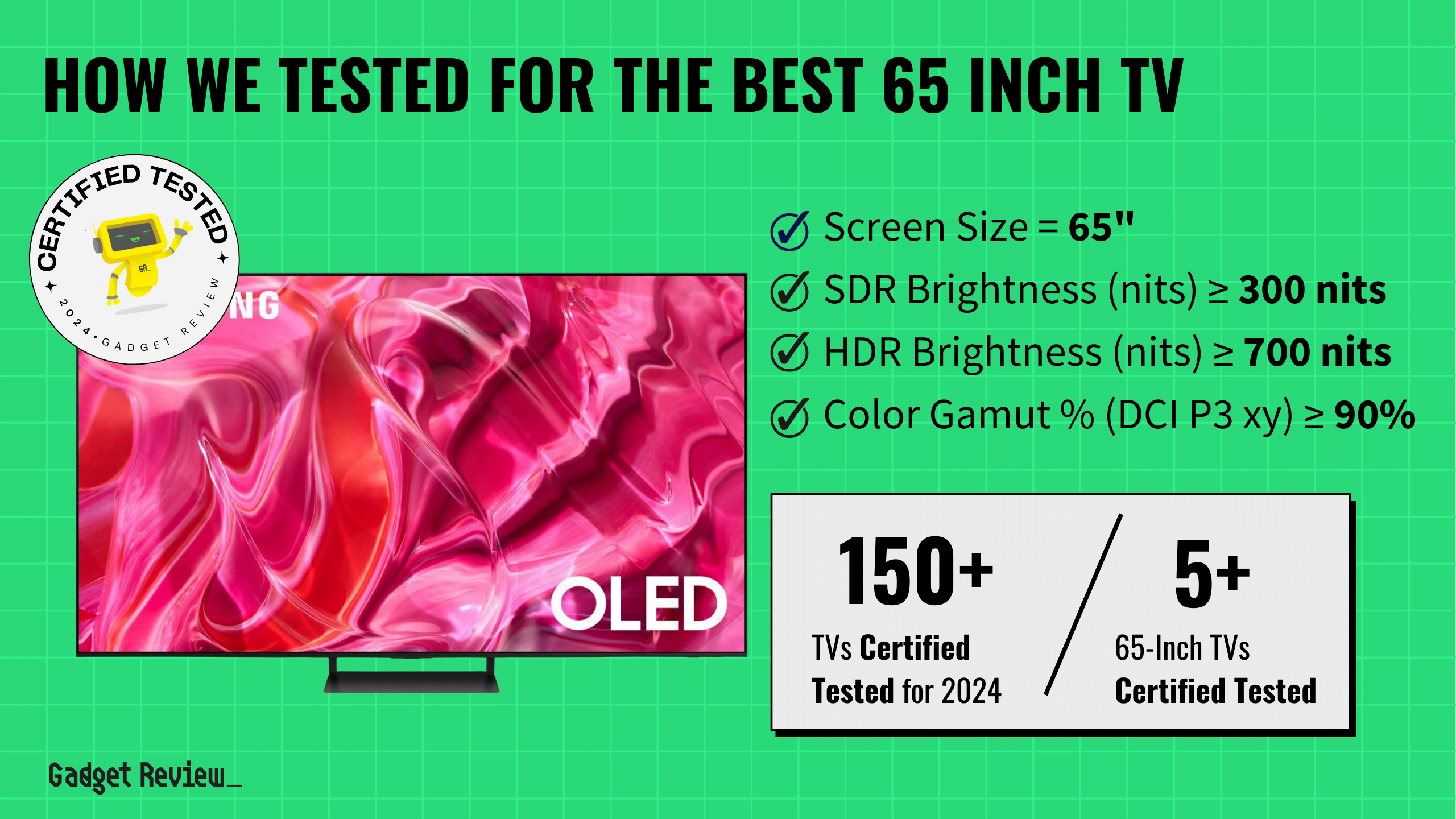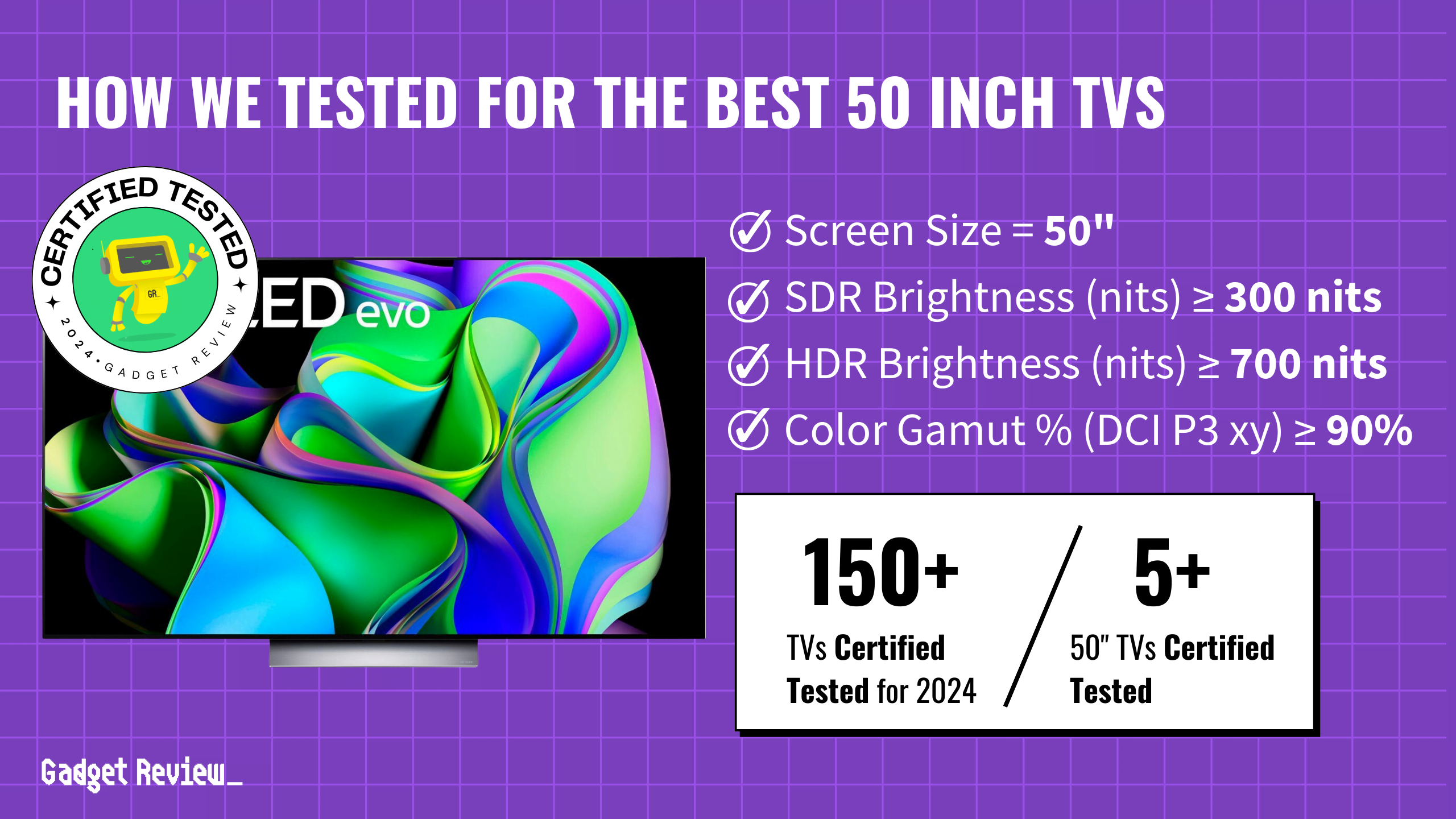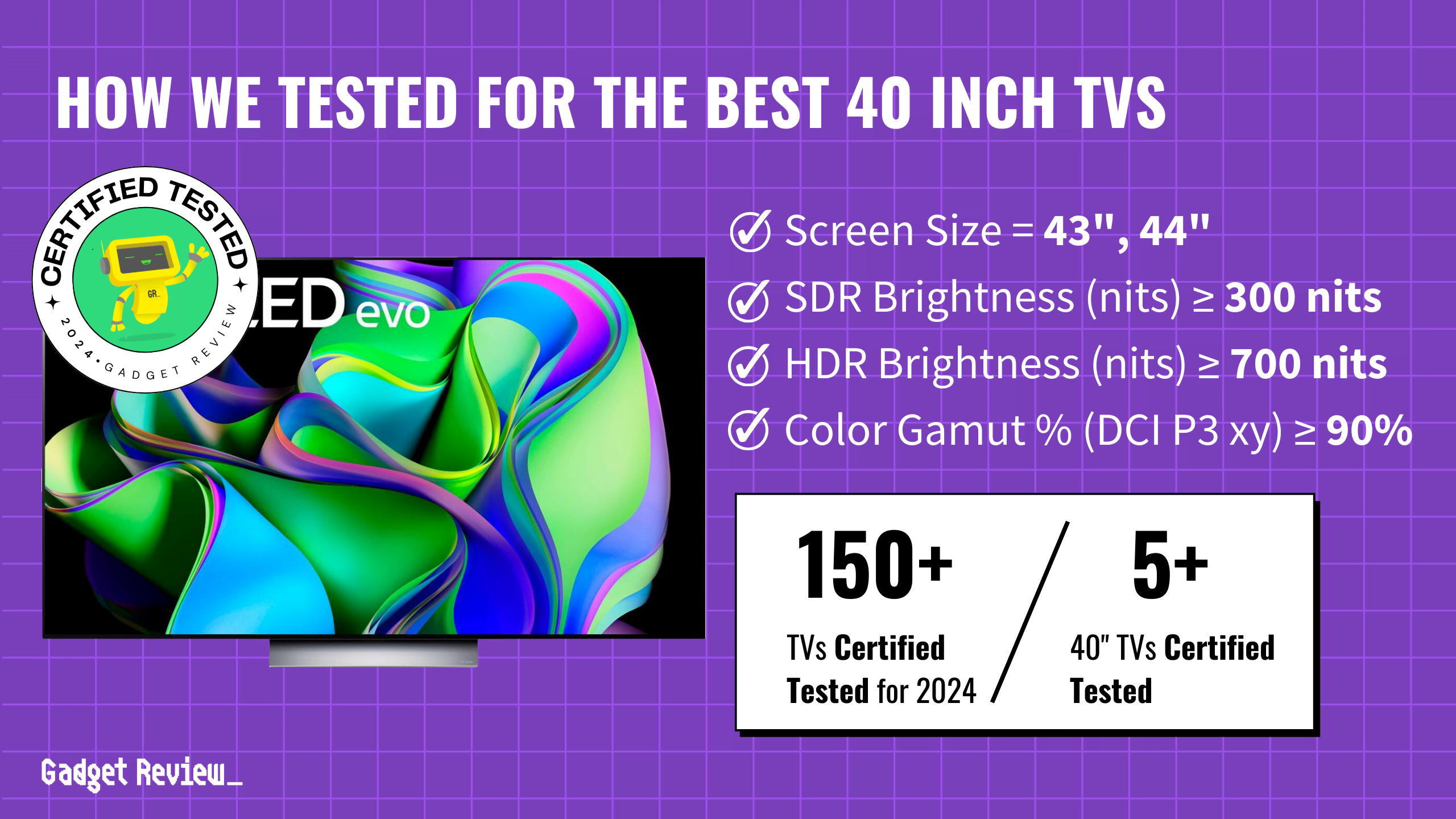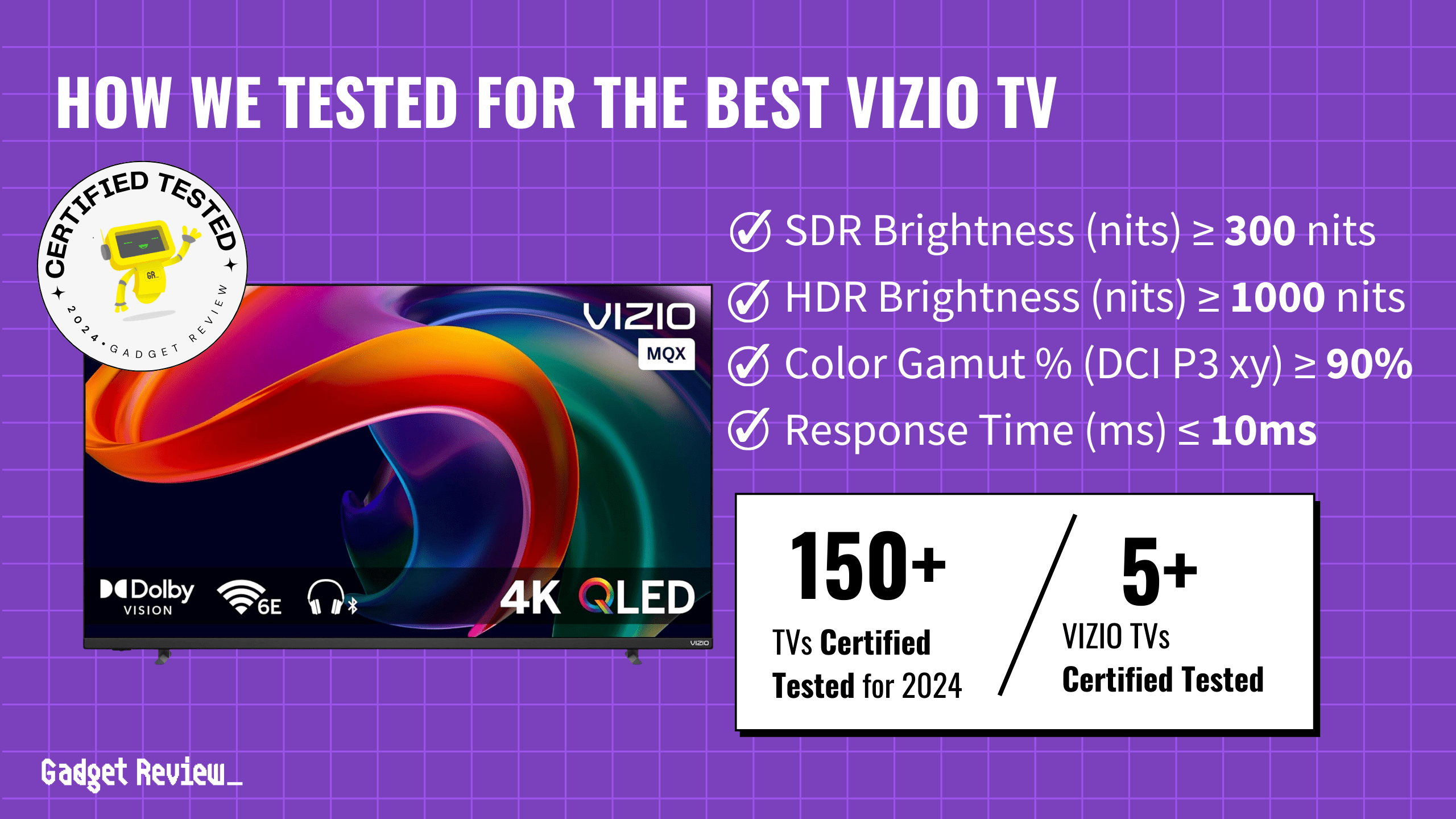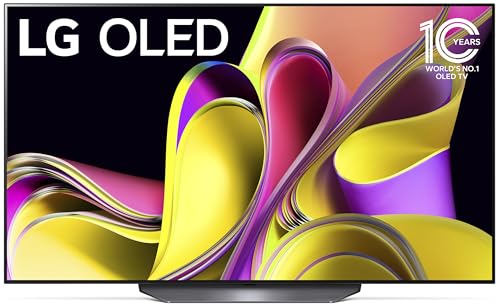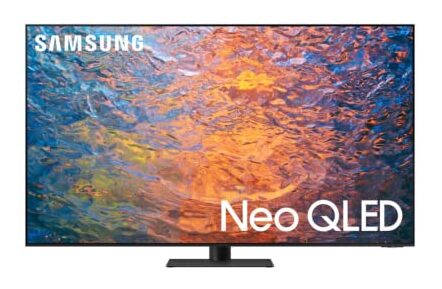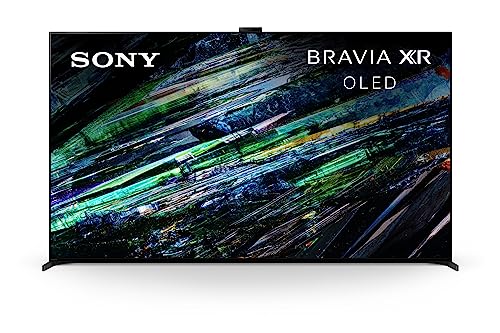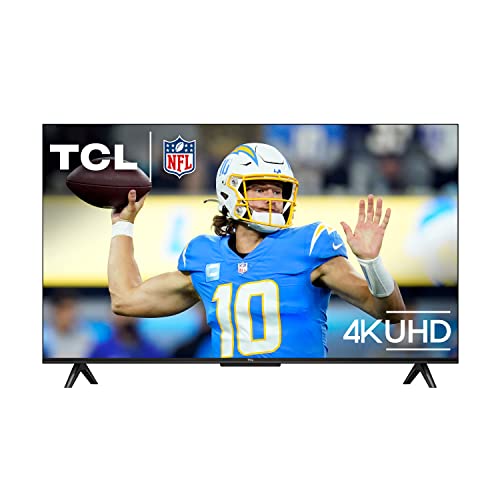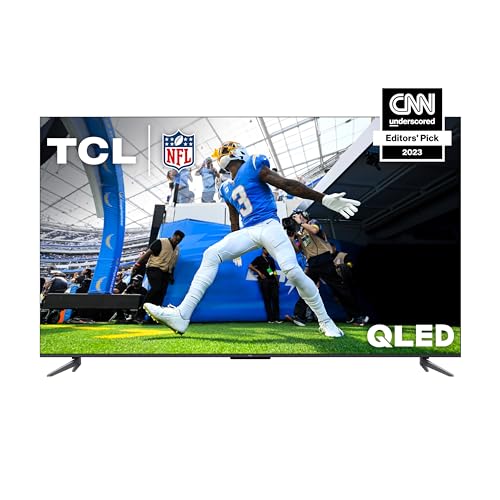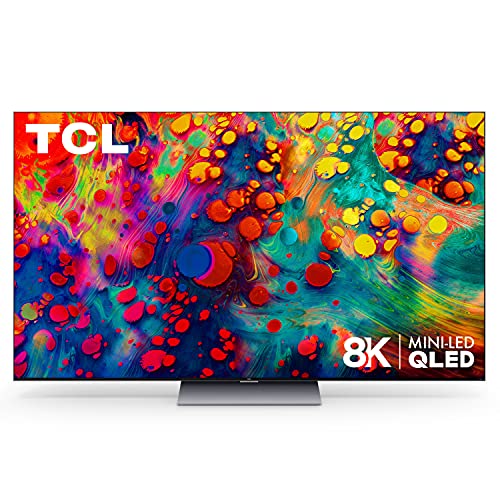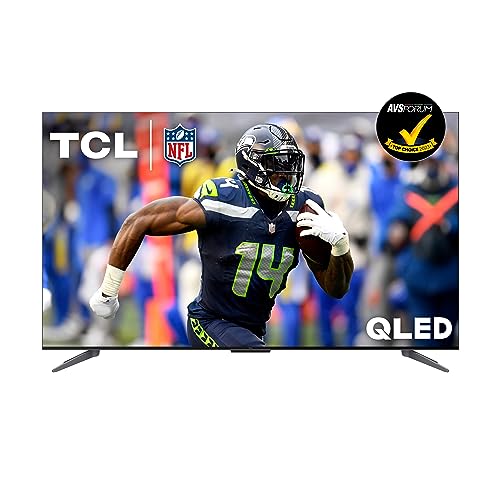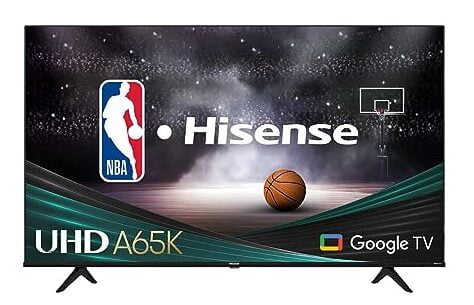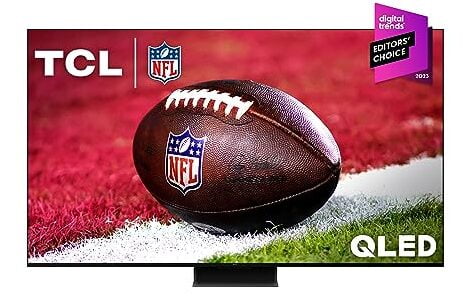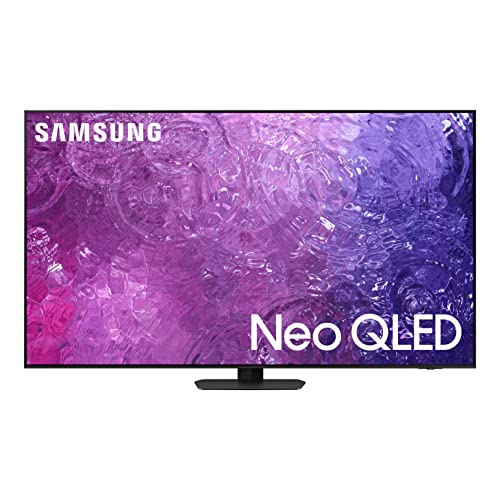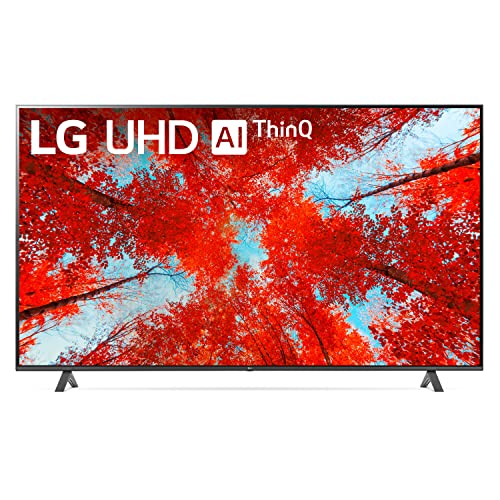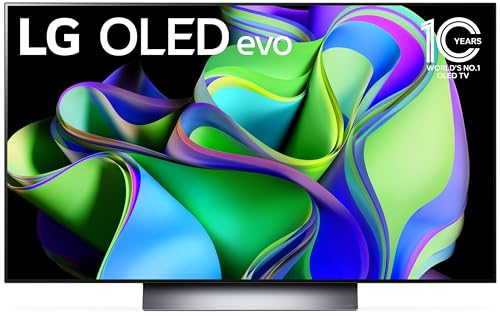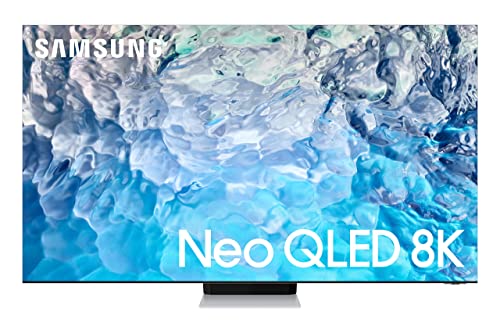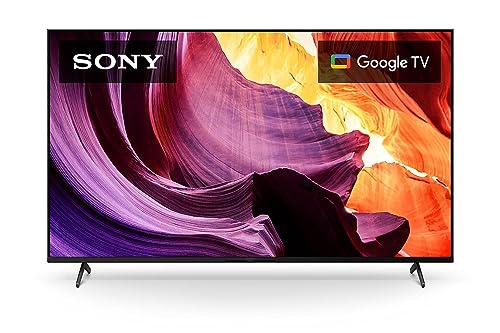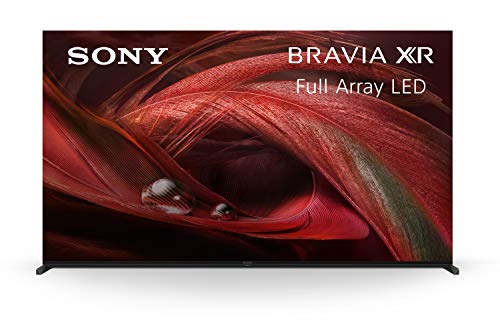When comparing LCD and LED TVs, it is essential to understand that LED TVs are a subset of LCD TVs that use a different type of backlighting technology to create the image you see on your TV.
Some of the best TVs available still use LCD screens, just with different backlighting technologies.
What are the differences between LED Vs LCD TVs?
We will first start by defining these terms.
- LCD (Liquid Crystal Display) – These TVs use a solution of liquid crystals that are in between two layers of glass/plastic. The crystals do not emit light but rely on a backlight that passes through them to create what you see on your display. The first LCD TVs used CCFL for their backlighting source.
- CCFL (Cold Cathode Fluorescent Lamps) – These are sealed glass tubes with inert gases in them. When a high enough voltage is applied, the gases create UV light, which then creates visible light thanks to the inner coating of phosphor in the lamp.
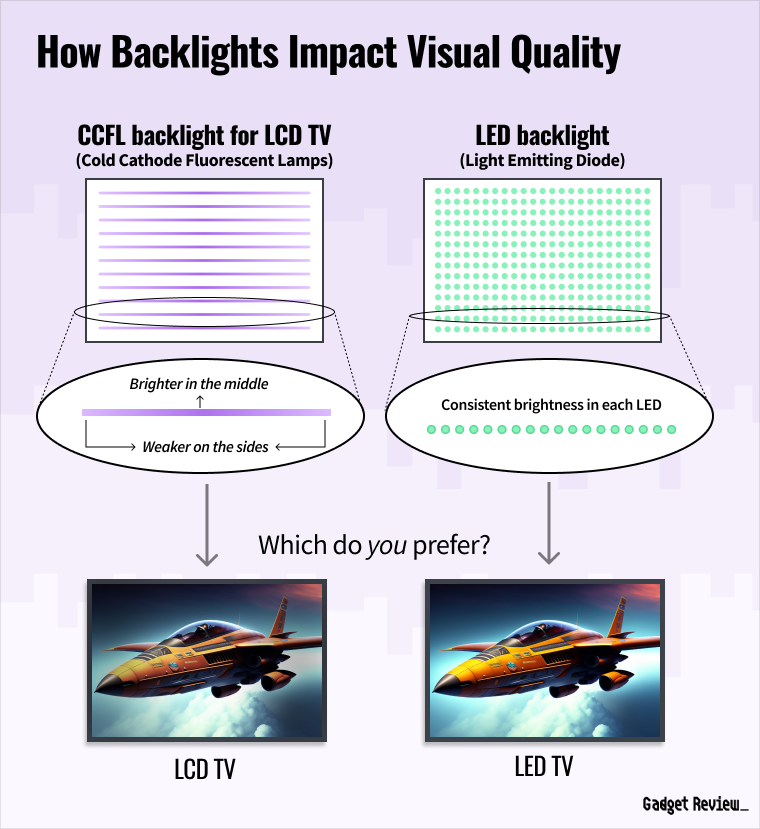
- LED (Light Emitting Diodes) – This technology uses small LEDs as backlighting instead of CCFL. LED backlighting comes in three common configurations.
- Edge-Lit LED – The most common configuration, LEDs are positioned on the edges of the screen, usually either along the top and bottom or on the left and right sides of the display.
- Direct-Lit LED – With this configuration, the LEDs are positioned behind the LCD panel, providing better control over local dimming and allowing for more uniform brightness as well as improved contrast and black levels.
- Full-Array LED – This configuration has the best backlight implementation of the three, similar to direct-lit, however, there are more LEDs divided into zones for more precise control over the local dimming zones, resulting in even better contrast and black levels.
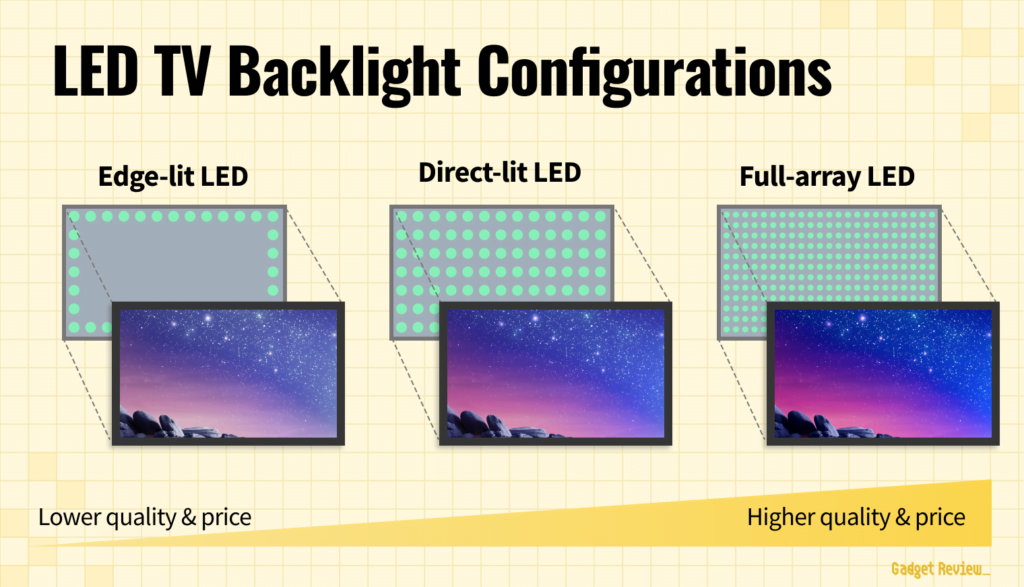
So, in the matter of LED vs LCD TV, who reigns supreme? The answer is that LED technology is generally superior. However, this does come with a bit of a price increase.
If you can fit it into your budget, then it’s well worth it You should also consider whether you want a matte or glossy display before buying your ideal TV.
Below is a short video showing LG’s implementation of full-array vs edge-lit LED.
LED and LCD TVs Specs Compared
When it comes to the things that matter to consumers, how do these TVs stack up?
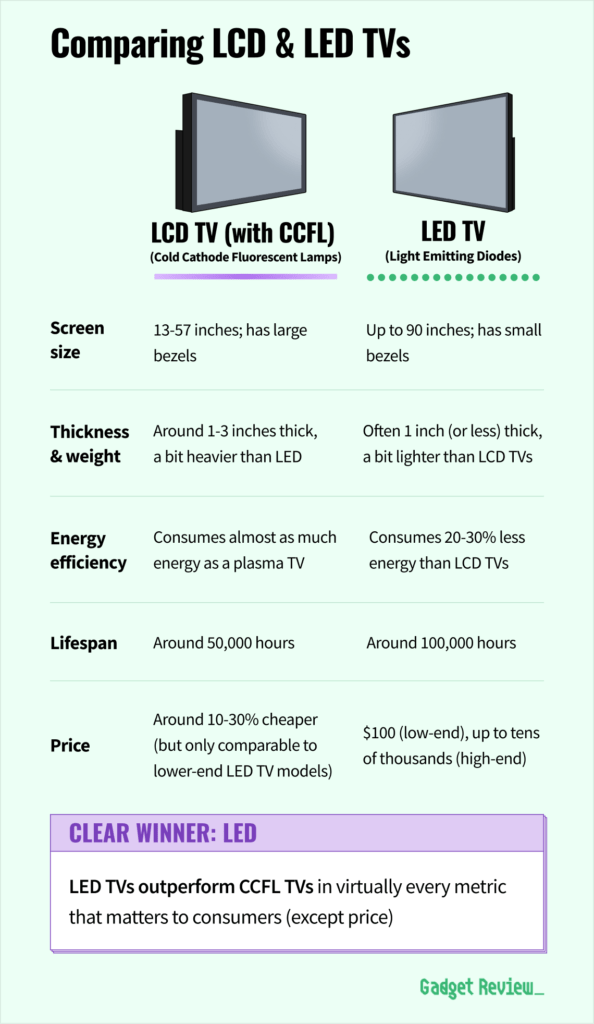
Obviously, performance varies from model to model, but LED TVs tend to outperform LCD TVs in visual quality in addition to the points above, but also due to their wider color gamut and improved brightness and contrast.
| Feature | LED TV | LCD TV (CCFL Backlit) |
|---|---|---|
| Energy Efficiency | Pro: More energy-efficient | Con: Less energy-efficient |
| Thickness and Weight | Pro: Thinner and lighter | Con: Thicker and heavier |
| Brightness and Contrast | Pro: Better brightness and contrast | Con: Limited brightness and contrast |
| Color Accuracy | Pro: Wider color gamut | Con: Limited color accuracy |
| Lifespan of Backlighting | Pro: Longer lifespan | Pro: Reasonable lifespan |
| Price | Con: Can be more expensive | Pro: Often more affordable |
| Motion Handling | Pro: Better motion handling | Con: May have slower refresh rates |
| Light Bleed and Uniformity | Con: Potential of light bleed | Con: May have lighting uniformity issues |
| Picture Quality | Pro: Improved image quality | Pro: Good image quality |
The Rising Popularity of LED over LCD TVs
As we mentioned, the first flat-screen TVs have largely been replaced by the newer LED TVs, because they last longer and have many advantages over the older LCD types. But let’s skip over the technical details for a moment and consider some common situations where LED-backlit TVs are superior:
- Gaming and sports, due to its greater ability to handle motion
- Watching outdoors or near a window (even when it’s sunny)
- Watching a movie (or anything, really) with vivid colors
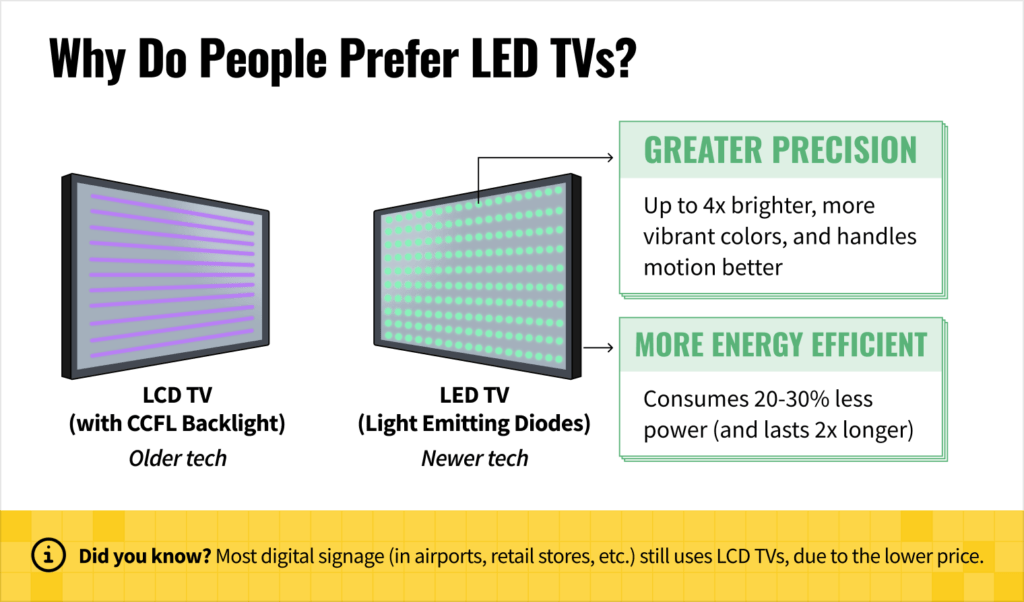
As we have expressed, LED TVs are an evolution of LCD TVs. They use the same LCD screen but differ in the backlight used to display the image. This is why you may sometimes see them marketed as LED LCD TVs or LED-backlit LCD TVs.
LEDs are smaller and more energy efficient than CCFL. This affects not only the size, as CCFL backlit TVs are thicker and heavier than LED-backlit TVs, but the image quality as well.
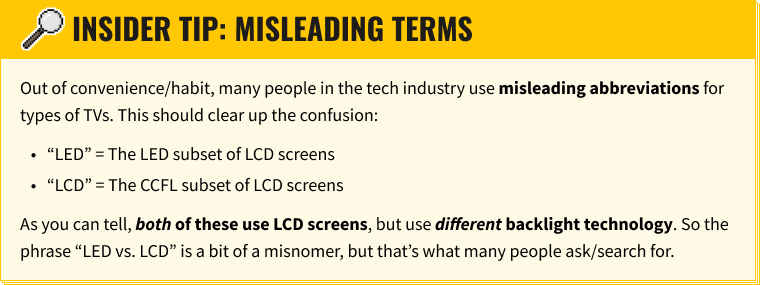
As a result of the LEDs being smaller, more LEDs can be used on the same size screen, creating a sharper, more detailed image with more vibrant colors as well as deeper blacks, as you can see in the video above.
This improved image quality and motion handling is why LED TVs are better for gaming as well. This is also why LED is preferred if you want to watch TV outdoors, as they can get brighter than standard LCD models.
Additionally, as LED TVs are advancements of LCD with added backlighting, they are being replaced with OLED TV, which doesn’t use an LCD panel. We have a great comparison of OLED vs LED TVs.

However, because OLED TVs are still very expensive, manufacturers have developed technologies with LED displays, like Nano Cell, that are much closer to OLED quality than older LED TVs.

